 |
|
|
|
|
|
|
| ||||||||||
|
|
|
|
|
|
|
||||
| ||||||||||
|
|
|
|
|
Persons using assistive technology might not be able to fully access information in this file. For assistance, please send e-mail to: mmwrq@cdc.gov. Type 508 Accommodation and the title of the report in the subject line of e-mail. Youth Tobacco Surveillance --- United States, 1998--1999Please note: An erratum has been published for this article. To view the erratum, please click here.ContributorsCheri H. Ahern, Scott M. Batchelor, M.P.H., Curtis J. Blanton, Ph.D.,
Marcella Law, M.P.H., Clifton M. Loo, Ph.D., Eric S. Pevzner, M.P.H., Heather A.
Ryan, M.P.H., Stephanie A. Stolfus, M.P.H., Mark Tabladillo, Ph.D., Charles W.
Warren, Ph.D., Leah R. Zinner, Michael P. Eriksen, Sc.D. Cheryl G. Healton, Ph.D., Peter A. Messeri, Ph.D., Jennifer H. Reynolds,
M.P.H. Charles Stokes, M.Ed. James G. Ross, M.S., Kathryn Flint, M.A., William H. Robb. State Youth Tobacco Survey Coordinators
Office on Smoking and Health, National Center for Chronic Disease Prevention and Health Promotion American Legacy Foundation, Washington, DC CDC Foundation, Atlanta, Georgia Macro International, Calverton, Maryland State Youth Tobacco Survey Coordinators AbstractProblem/Condition: Tobacco use is the single leading preventable cause of death in the United States, accounting for approximately 430,000 deaths each year. The prevalence of cigarette smoking nationwide among high school students increased during the 1990s, peaking in 1996--1997, then began a gradual decline. Approximately 80% of tobacco users initiate use before the age of 18 years. If the trend in early initiation of cigarette smoking continues, approximately 5 million children aged <18 years who are living today will die prematurely as adults because they began to smoke cigarettes during adolescence. The economic liability associated with tobacco use ranges from $50 billion to $73 billion per year in medical expenses alone. Because of these health and economic consequences, CDC has recommended that states establish and maintain comprehensive tobacco control programs to reduce tobacco use among youth. Reporting Period: February 1998 through December 1999. Description of the System: To assist states in developing and maintaining their state-based comprehensive tobacco prevention and control programs, CDC developed the Youth Tobacco Surveillance and Evaluation System, which includes international, national, and state school-based surveys of middle school and high school students. Two components of this system are discussed --- the National Youth Tobacco Survey and the state Youth Tobacco Surveys. The national survey is representative of students in the 50 states and the District of Columbia; 15,061 students in 131 schools completed questionnaires in 1999. The state surveys were first conducted in 1998, when three states participated, and in 1999, when 13 states participated (13 states conducted middle school surveys and 10 states conducted high school surveys); state sample sizes ranged from 452 to 15,478 students. This report summarizes data from the 1999 national survey and the 1998 and 1999 state surveys. Results and Interpretation: Findings from the National Youth Tobacco Survey show current tobacco use ranges from 12.8% among middle school students to 34.8% among high school students. Cigarette smoking is the most prevalent form of tobacco used, followed by cigars and smokeless tobacco. Young people have strong cigarette brand preferences. Almost half of current smokers in both middle school and high school report that they usually smoke Marlboro® cigarettes. Black students are more likely to smoke Newport® cigarettes than any other brand. Half of current smokers in middle school and high school report that they want to completely stop smoking. Nearly one fourth of middle school and high school students who have never smoked cigarettes indicate that they are susceptible to initiating smoking in the next year. Environmental tobacco smoke exposure is very high among both middle school and high school students. During the week before the survey, approximately 9 out of 10 current smokers and half of never smokers were in the same room with someone who was smoking; 8 out of 10 current smokers and 3 out of 10 never smokers rode in a car with someone who was smoking. Six out of 10 current smokers and 3 out of 10 never smokers live in a home where someone else smokes cigarettes. Approximately 70% of middle school and 60% of high school students who currently smoke and are aged <18 years were not asked to show proof of age when they purchased cigarettes. Approximately three fourths of middle school and high school students have seen antismoking commercials; however, 90% report having seen actors smoking on television or in the movies. Approximately 2% of middle school and high school students who had never used tobacco would wear or use something with a tobacco company name or picture on it. This rate increases to approximately 20% for current tobacco users. Actions Taken: Youth Tobacco Survey data are used by health and education officials to improve national and state programs to prevent and control youth tobacco use. Many states also use the data in presentations to their state legislators to demonstrate the need for increased funding for smoking cessation and prevention programs for youth. INTRODUCTIONTobacco use is the single leading preventable cause of death in the United States (1), accounting for approximately 430,000 deaths each year (2). The prevalence of cigarette smoking nationwide among high school students increased during the 1990s (3), peaking in 1996--1997, and then began a gradual decline (4). Approximately 80% of tobacco users initiate use before the age of 18 years (5). If the trend in early initiation of cigarette smoking continues, approximately 5 million children aged <18 years who are living today will die prematurely as adults because they began to smoke cigarettes during adolescence (2). The economic liability associated with tobacco use ranges from $50 billion to $73 billion per year in medical expenses alone (6). CDC recommends that states establish and maintain comprehensive tobacco control programs to reduce tobacco use among youth (6). Surveillance and evaluation are among the primary elements of a comprehensive tobacco control program. To assist states in developing and maintaining their surveillance and evaluation systems, CDC developed the Youth Tobacco Surveillance and Evaluation System, which includes international, national, and state school-based surveys of middle school and high school students. Two components of this system are the National Youth Tobacco Survey (NYTS) and the state Youth Tobacco Surveys (YTS). The YTS and NYTS were developed to provide states with the data necessary to support the design, implementation, and evaluation of a comprehensive tobacco control program. Many states have data on the prevalence of selected tobacco use behaviors among high school students from the Youth Risk Behavior Surveillance System (YRBSS). The YTS supplements the YRBSS by providing more comprehensive data on both middle school and high school students regarding tobacco use (bidis, cigarettes, cigars, kreteks, pipes, and smokeless tobacco), exposure to environmental tobacco smoke, smoking cessation, school curriculum, minors' ability to purchase or otherwise obtain tobacco products, knowledge and attitudes about tobacco, and familiarity with protobacco and antitobacco media messages. The YTS and YRBSS use identical sampling methodologies and the same wording for questions about tobacco use to enable states to use the high school data on tobacco use collected by both surveys. The NYTS, conducted during the fall of 1999 (7), is representative of students in the 50 states and the District of Columbia. Funding for the NYTS was provided by the American Legacy Foundation (Washington, DC), and the survey was conducted by the CDC Foundation (Atlanta, Georgia). The NYTS will be conducted every other year. State Youth Tobacco Surveys were first conducted in 1998, when three states participated, in 1999, when 13 states participated, and in 2000, when 26 states participated. Some states conduct the YTS annually, whereas others conduct the survey every other year. This report summarizes data from the 1999 NYTS and the 1998 and 1999 state surveys. METHODSSamplingNational Youth Tobacco Survey The 1999 NYTS employed a three-stage cluster sample design to produce a nationally representative sample of students in grades 6--12. The first-stage sampling frame contained 1,306 primary sampling units (PSUs) consisting of large counties or groups of smaller, adjacent counties. Sixty-six of the 1,306 PSUs were selected from 16 strata formed on the basis of the degree of urbanization and the relative percentage of black and Hispanic students in the PSU. The PSUs were selected with probability proportional to weighted school enrollment. At the second sampling stage, 145 schools were selected with probability proportional to weighted school enrollment. To enable separate analyses of data for black and Hispanic students, schools with substantial numbers of black and Hispanic students were sampled at higher rates than all other schools through the use of a weighted measure of size. The third stage of sampling consisted of randomly selecting approximately five intact classes of a required subject (e.g., English or social studies) across grades 6--12 at each participating school. All students in the selected classes were eligible to participate in the survey. A weighting factor was applied to each student record to adjust for nonresponse and for the varying probabilities of selection, including those resulting from the oversampling of black and Hispanic students. Numbers of students in other racial and ethnic groups were too low for meaningful analysis in this report.* The weights were scaled so that a) the weighted count of students was equal to the total sample size, and b) the weighted proportions of students in each grade matched national population proportions. SUDAAN (8) was used to compute 95% confidence intervals, which were used to determine differences between subgroups at the p <0.05 level. Differences between prevalence estimates were considered statistically significant if the 95% confidence intervals did not overlap. Only subgroup comparisons that were statistically significant are mentioned in this report. The NYTS is representative of students in grades 6--12 in public and private schools in the 50 states and the District of Columbia. For the NYTS, 15,061 questionnaires were completed in 131 schools. The school response rate was 90.3%, and the student response rate was 93.2%, resulting in an overall response rate of 84.2%. State Youth Tobacco Surveys The state YTS employed a two-stage cluster sample design to produce representative samples of students in middle schools (grades 6--8) and high schools (grades 9--12). The first-stage sampling frame included separate lists for middle schools and high schools. In most states, the list consisted of all public schools containing the appropriate grades (i.e., either 6--8 or 9--12). Schools were selected with probability proportional to school enrollment size. At the second sampling stage, classes were randomly selected from the list of classes obtained from each participating school. All students in the selected classes were eligible to participate in the survey. Three states participated in the YTS in the spring of 1998 (Florida, Mississippi, and Texas). Thirteen states participated in 1999 --- nine states in the spring of 1999 (Arkansas, Florida, Georgia, Kansas, Mississippi, Missouri, Oklahoma, Tennessee, and Texas) and four states in the fall of 1999 (Nebraska, New Jersey, North Carolina, and South Dakota). Florida, New Jersey, North Carolina, and Texas conducted separate middle school and high school surveys for each of their health regions. Oklahoma conducted statewide middle school and high school surveys and individual surveys in six counties. Missouri, Nebraska, and South Dakota conducted middle school surveys only. Arkansas and New Jersey included only grades 7 and 8 in their middle school surveys. Mississippi conducted separate surveys of public high schools, private high schools, and public middle schools. The remaining states conducted separate middle school and high school surveys. Sample sizes ranged from 452 to 15,478. School response rates ranged from 48.0% to 100%; student response rates ranged from 72.9% to 93.5%; and overall response rates ranged from 43.8% to 88.0%. All surveys, except the Georgia and Kansas high school surveys, had overall response rates of at least 60%; thus, the data were weighted and representative of the respective population (Table 1). Data for Georgia and Kansas high schools are not included in this report because of low response rates. Data CollectionSurvey procedures were designed to protect students' privacy by allowing for anonymous and voluntary participation. Students completed a self-administered questionnaire in the classroom, recording their responses on an answer sheet. The survey was administered during one class period. The core questionnaire contained 60 questions; to meet their individual needs, some states added questions. Local parental permission procedures were followed before survey administration. The core questionnaire included questions about tobacco use (bidis,** cigarettes, cigars, kreteks,*** pipes, and smokeless tobacco), exposure to environmental tobacco smoke, smoking cessation, school curriculum, minors' ability to purchase or otherwise obtain tobacco products, knowledge and attitudes about tobacco, and familiarity with protobacco and antitobacco media messages. RESULTS****Prevalence of UseLifetime Use***** Middle school and high school students were asked about their lifetime use of cigarettes, cigars, smokeless tobacco, or bidis. Cigarettes were the most prevalent form of tobacco used, followed by cigars, smokeless tobacco, and bidis. Middle School. Nationally, 29.3% of middle school students had ever smoked cigarettes (Figure 1). Black students (34.3%) were significantly more likely than white students (26.6%) to have ever smoked cigarettes (Table 2). Cigars were the second most prevalent form of tobacco used (15.4%), with males (20.1%) being significantly more likely than females (10.9%) to have ever smoked cigars. Smokeless tobacco was the third most prevalent form of tobacco used by middle school students (7.1%), with males (11.0%) being significantly more likely than females (3.3%) to have ever used smokeless tobacco. White students (8.3%) were significantly more likely than black students (4.3%) to have ever used smokeless tobacco. When asked about bidis, 5.4% of middle school students reported that they had ever smoked these cigarettes. Males (6.7%) were significantly more likely than females (4.1%) to have ever tried bidis. Black students (6.9%) were significantly more likely than white students to have ever used bidis (3.9%). Among the 13 states that asked this question, the percentage of middle school students who had ever smoked cigarettes ranged from 33.4% in Nebraska to 60.2% in Arkansas (median: 45.2%) (Table 3). The percentage of students who had ever smoked cigars ranged from 19.0% in South Dakota to 38.6% in Texas (1998) (median: 26.8%). The percentage of students who had ever used smokeless tobacco ranged from 8.2% in New Jersey to 27.3% in Arkansas (median:15.2%). Questions on ever use of bidis were included in only the fall 1999 Nebraska and New Jersey surveys; therefore, no state ranges are presented. High School. Nationally, 63.5% of high school students had ever smoked cigarettes, and 41.6% reported they had tried cigars (Figure 1). Males (51.1%) were significantly more likely than females (31.9%) to have ever smoked cigars, and white students (45.1%) were significantly more likely than black (35.0%) and Hispanic (36.8%) students to have ever smoked cigars (Table 2). Smokeless tobacco was the third most prevalent form of tobacco used by high school students (18.2%), with males (28.5%) being significantly more likely than females (7.6%) to have ever used smokeless tobacco. White students (23.4%) were significantly more likely than black (7.4%) and Hispanic (10.7%) students to have ever used smokeless tobacco. A total of 14.1% of high school students reported that they had tried bidis, with males (16.6%) being significantly more likely than females (11.5%) to have ever smoked these cigarettes. Among the eight states that asked this question, the percentage of high school students who had ever smoked cigarettes ranged from 60.7% in Florida (1999) to 77.2% in Mississippi (public schools, 1999) (median: 71.9%) (Table 3). The percentage of students who had ever tried cigars ranged from 40.5% in New Jersey to 54.7% in Mississippi (public schools, 1999) (median: 51.2%). The percentage of students who had ever used smokeless tobacco ranged from 15.2% in Florida (1999) to 40.7% in Mississippi (private schools, 1998) (median: 24.3%). Questions on ever use of bidis were included in only the fall 1999 New Jersey survey; therefore, no state ranges are presented. Current Use Students were asked if they had used cigarettes, cigars, smokeless tobacco, tobacco in pipes, bidis, or kreteks on >1 of the 30 days preceding the survey (i.e., current use). Middle School. Nationally, 12.8% of middle school students were current users of any tobacco product (Figure 2). Among current users, the most prevalent forms of tobacco used were cigarettes (9.2%) and cigars (6.1%), followed by smokeless tobacco (2.7%), bidis (2.5%), tobacco in pipes (2.4%), and kreteks (1.9%). Male students were significantly more likely than female students to currently smoke cigars, use smokeless tobacco, or smoke tobacco in pipes (Table 4). Black students (8.9%) were significantly more likely than white students (4.9%) to smoke cigars. Among the 13 states that asked this question, the percentage of middle school students who were current users of any tobacco product ranged from 13.8% in Nebraska to 30.6% in Texas (1998) (median: 20.6%) (Table 5). The percentage of those who were current users of cigarettes ranged from 10.0% in Nebraska to 23.4% in Arkansas (median: 15.0%). The percentage of students who were current users of cigars ranged from 5.6% in South Dakota to 16.6% in Mississippi (1999) (median: 9.4%). Smokeless tobacco use rates ranged from 3.2% in Nebraska to 12.0% in Arkansas (median: 6.0%). For smoking tobacco in pipes, rates ranged from 1.5% in Missouri to 8.5% in Texas (1998) (median: 3.9%). Questions on current use of bidis and kreteks were included in only the fall 1999 Nebraska and New Jersey surveys; therefore, no state ranges are presented. High School. Nationally, 34.8% of high school students were current users of any tobacco product (Figure 2). Among current users, the most prevalent forms of tobacco used were cigarettes (28.5%) and cigars (15.3%), followed by smokeless tobacco (6.6%), kreteks (5.8%), bidis (5.0%), and tobacco in pipes (2.8%). Male students were significantly more likely than female students to use smokeless tobacco, smoke cigars, smoke tobacco in pipes, or smoke bidis (Table 4). White (32.9%) and Hispanic (25.8%) students were significantly more likely than black (15.9%) students to smoke cigarettes. White students (8.7%) also were significantly more likely than black (2.4%) and Hispanic (3.7%) students to use smokeless tobacco. Among the eight states that asked this question, the percentage of high school students who were current users of any tobacco product ranged from 32.3% in Florida (1999) to 46.3% in Mississippi (private schools, 1998) (median: 42.0%) (Table 5). Cigarette smoking rates ranged from 25.2% in Florida (1999) to 39.0% in Mississippi (private schools, 1998) (median: 32.7%). Cigar smoking rates ranged from 16.3% in Mississippi (private schools, 1999) to 22.3% in Mississippi (public schools, 1998) (median: 19.7%). Smokeless tobacco use rates ranged from 6.4% in Florida (1999) to 16.6% in Mississippi (private schools, 1998) (median: 9.6%). For smoking tobacco in pipes, rates ranged from 4.5% in Florida (1999) to 7.7% in Texas (1998) (median: 5.3%). Questions on the use of bidis and kreteks were included in only the fall 1999 New Jersey survey; therefore, no state ranges are presented. Ever Daily Use****** Middle School. Nationally, 4.2% of middle school students had ever smoked cigarettes daily (Figure 3). White students (4.6%) were significantly more likely than black students (2.7%) to have ever smoked cigarettes daily (Table 6). Among the 12 states that asked this question, the percentage of middle school students who had ever smoked cigarettes daily ranged from 5.7% in Nebraska to 14.1% in Texas (1998) (median: 10.6%) (Table 7). High School. Nationally, 20.1% of high school students had ever smoked cigarettes daily (Figure 3). White students (24.1%) were significantly more likely than either black (10.4%) or Hispanic students (16.2%) to have ever smoked cigarettes daily (Table 6). Among the eight states that asked this question, the percentage of high school students who had ever smoked cigarettes daily ranged from 20.5% in Florida (1999) to 28.8% in Mississippi (private schools, 1998) (median: 25.8%) (Table 7). Number of Cigarettes Smoked Per Day on the Days They Smoked Middle School. Nationally, 15.4% of current cigarette smokers had smoked >6 cigarettes per day on the days they smoked (Figure 3). White students (18.5%) were significantly more likely than Hispanic students (5.5%) to smoke >6 cigarettes per day on the days they smoked (Table 6). Among the 13 states that asked this question, the percentage of middle school students who smoked >6 cigarettes per day on the days they smoked ranged from 11.1% in North Carolina to 31.0% in Kansas (median: 16.6%) (Table 7). High School. Nationally, 29.1% of current cigarette smokers had smoked >6 cigarettes per day on the days they smoked (Figure 3). White students (32.0%) were significantly more likely than black (19.3%) and Hispanic (21.2%) students to smoke >6 cigarettes per day on the days they smoked (Table 6). Among the eight states that asked this question, the percentage of high school students who smoked >6 cigarettes per day on the days they smoked ranged from 26.0% in Texas (1999) to 39.7% in Tennessee (median: 32.8%) (Table 7). Age of Initiation of Tobacco Use******* Cigarettes Middle School. Nationally, 8.2% of students first smoked a cigarette before the age of 11 years (Figure 4 and Table 8). Among the 12 states that asked this question, the percentage of students who initiated cigarette smoking before the age of 11 years ranged from 7.2% in New Jersey to 17.5% in Arkansas (median: 11.2%) (Table 9). High School. Nationally, 8.6% of students first smoked a cigarette before the age of 11 years (Figure 4). Male students (10.4%) were significantly more likely than female students (6.8%) to first smoke a cigarette before the age of 11 years. White (9.2%) and Hispanic (10.6%) students were significantly more likely than black students (5.3%) to first smoke a cigarette before the age of 11 years (Table 8). Among the seven states that asked this question, the percentage of students who first smoked a cigarette before the age of 11 years ranged from 8.8% in New Jersey to 12.5% in Mississippi (public schools, 1998) (median: 10.9%) (Table 9). Cigars Middle School. Nationally, 3.1% of students first smoked a cigar before the age of 11 years (Figure 4). Males (4.9%) were significantly more likely than females (1.4%) to report initiating cigar smoking before the age of 11 years (Table 8). Among the 10 states that asked this question, the percentage of middle school students who first smoked a cigar before the age of 11 years ranged from 6.4% in Nebraska to 9.3% in Arkansas (median: 7.0%) (Table 9). High School. Nationally, 4.1% of students first smoked a cigar before the age of 11 years (Figure 4). Males (6.5%) were significantly more likely than females (1.6%) to begin smoking cigars before the age of 11 years (Table 8). Among the six states that asked this question, the percentage of students who first smoked a cigar before the age of 11 years ranged from 4.6% in Oklahoma to 6.9% in Tennessee (median: 5.2%) (Table 9). Smokeless Tobacco Middle School. Nationally, 4.8% of students reported first using smokeless tobacco before the age of 11 years (Figure 4). Males (6.5%) were significantly more likely than females (3.1%) to report initiating smokeless tobacco use before the age of 11 years (Table 8). Among the 10 states that asked this question, the percentage of students who initiated the use of smokeless tobacco before the age of 11 years ranged from 4.0% in Nebraska to 12.0% in Arkansas (median: 7.4%) (Table 9). High School. Nationally, 3.5% of students first used smokeless tobacco before the age of 11 years (Figure 4). Males (5.2%) were significantly more likely than females (1.8%) to initiate smokeless tobacco use before the age of 11 years (Table 8). Among the six states that asked this question, the percentage of students who initiated the use of smokeless tobacco before the age of 11 years ranged from 5.7% in North Carolina to 10.2% in Tennessee (median: 8.6%) (Table 9). Established Use of Tobacco Products Smoked >100 Cigarettes in Lifetime Middle School. Nationally, 10.1% of ever smokers had smoked >100 cigarettes in their lifetime (Figure 5). Male students (12.3%) were significantly more likely than female students (7.7%) to have smoked >100 cigarettes in their lifetime; white students (13.7%) were significantly more likely than black (4.0%) and Hispanic (6.2%) students to have smoked >100 cigarettes in their lifetime (Table 10). Among the 11 states that asked this question, the percentage of ever smokers who had smoked >100 cigarettes in their lifetime ranged from 3.3% in New Jersey to 19.5% in Kansas (median: 12.6%) (Table 11). High School. Nationally, three out of 10 (30.0%) ever smokers had smoked >100 cigarettes in their lifetime (Figure 5). White students (37.5%) were significantly more likely than black (11.2%) and Hispanic (20.1%) students to have smoked >100 cigarettes in their lifetime. Hispanic students were significantly more likely than black students to have smoked >100 cigarettes in their lifetime (Table 10). Among the six states that asked this question, the percentage of ever smokers who had smoked >100 cigarettes in their lifetime ranged from 19.3% in New Jersey to 38.9% in Tennessee (median: 30.8%) (Table 11). Frequent Use******** of Tobacco Middle School. Nationally, 2.2% of students had frequently smoked cigarettes (Figure 5), and <1% of students were frequent users of cigars, smokeless tobacco, and pipes (Table 10). Among the 12 states that asked this question, the percentage of students who were frequent cigarette smokers ranged from 2.2% in New Jersey and South Dakota to 5.4% in Florida (1998) and Oklahoma (median: 3.8%) (Table 11). The percentage of students who were frequent cigar smokers ranged from 0.2% in South Dakota to 1.7% in Florida (1999) and Mississippi (1998) (median: 1.0%). The percentage of students who were frequent users of smokeless tobacco ranged from 0.6% in Nebraska to 2.2% in Mississippi (1998) (median: 1.1%). The percentage of those who frequently smoked tobacco in pipes ranged from 0.3% in Georgia, Missouri, North Carolina, and South Dakota to 1.8% in Arkansas (median: 0.7%). High School. Nationally, 13.1% of students had frequently smoked cigarettes (Figure 5), and <2% of students were frequent users of cigars, smokeless tobacco, and pipes (Table 10). Frequent cigarette smoking was significantly higher among white students (16.4%) than among black (5.1%) and Hispanic students (8.8%) (Table 10). Among the seven states that asked this question, the percentage of students who frequently smoked cigarettes ranged from 12.5% in Florida (1999) to 21.1% in Tennessee (median: 14.3%) (Table 11). The percentage of students who frequently smoked cigars ranged from 1.6% in Tennessee to 2.7% in Mississippi (public schools, 1999) (median: 2.0%). The percentage of students who frequently used smokeless tobacco ranged from 1.4% in New Jersey to 7.9% in Mississippi (private schools, 1998) (median: 3.2%). The percentage of students who frequently smoked tobacco in pipes ranged from 0.3% in Tennessee to 1.5% in Florida (1999) (median: 0.9%). Brand of Cigarettes Usually Smoked Current cigarette smokers were asked to identify the brand of cigarettes they usually smoked. Brand preferences were similar among current smokers in middle and high schools. Middle School. Nationally, 42.7% of current smokers in middle school identified Marlboro® as the most popular brand of cigarettes, followed by Newport® (25.3%) and Camel® (6.9%) (Figure 6). Marlboro® was the most popular brand among white (48.0%) and Hispanic (61.1%) students, whereas Newport® was the favored brand among black students (62.4%) (Table 12). Among the 12 states that asked this question, the percentage of current smokers who preferred Marlboro® ranged from 27.8% in New Jersey to 62.1% in Texas (1998) (median: 48.5%) (Table 13). High School. Nationally, 53.6% of current smokers in high school identified Marlboro® as the most popular brand of cigarettes, followed by Newport® (18.8%) and Camel® (10.1%) (Figure 6). Marlboro® was the most popular brand among white (59.9%) and Hispanic (52.9%) students, whereas Newport® was the favored brand among black students (59.4%) (Table 12). Among the eight states that asked this question, the percentage of students who preferred Marlboro® ranged from 34.2% in New Jersey to 82.1% in Mississippi (private schools, 1998) (median: 62.2%) (Table 13). Smoking Intentions and Susceptibility Smoking Intentions Among Never Smokers Students were asked three questions to assess their smoking intentions: Do you think you will try a cigarette soon? Do you think you will smoke a cigarette anytime in the next year? If one of your best friends offered you a cigarette, would you smoke it? Nine out of 10 middle and high school students who had never smoked said they would not try a cigarette soon. Middle School. Nationally, 96.2% of students who had never smoked cigarettes responded that they would not try a cigarette soon; 85.3% of students responded that they would definitely not smoke in the next year; and 84.2% of students said they would definitely not smoke if a best friend offered them a cigarette (Table 14). Among the 13 states that asked this question, the percentage of students who said they would not try a cigarette soon ranged from 81.9% in Texas (1998) to 95.9% in Oklahoma (median: 92.5%) (Table 15). The percentage of students who would definitely not smoke in the next year ranged from 74.2% in Texas (1998) to 83.9% in North Carolina (median: 79.8%). The percentage of those who would definitely not smoke if a best friend offered them a cigarette ranged from 74.2% in Texas (1998) to 84.3% in North Carolina (median: 80.2%). High School. Nationally, 97.6% of students who had never smoked cigarettes responded that they would not try a cigarette soon; 82.0% of students responded that they would definitely not smoke in the next year; and 84.8% of students said they would definitely not smoke if a best friend offered them a cigarette (Table 14). Among the eight states that asked this question, the percentage of students who said they would not try a cigarette soon ranged from 78.7% in Texas (1998) to 96.9% in Tennessee (median: 94.4%) (Table 15). The percentage of students who would definitely not smoke in the next year ranged from 72.5% in Mississippi (private schools, 1998) to 85.6% in Oklahoma (median: 81.0%). The percentage of those who would definitely not smoke if a best friend offered them a cigarette ranged from 79.4% in Texas (1998) to 86.4% in Oklahoma (median: 83.9%). Susceptibility********* Among Never Smokers Never smokers were classified as not being susceptible to smoking cigarettes if they responded that a) they would not smoke a cigarette soon; AND b) they would definitely not smoke in the next year; AND c) they would definitely not smoke if their best friend offered them a cigarette. All other students were classified as being susceptible to initiating cigarette smoking in the next year. Middle School. Nationally, 22.9% of students who had never smoked cigarettes were classified as being susceptible to initiating cigarette smoking in the next year (Table 14). Among the 12 states that asked this question, the percentage of students who were susceptible to initiating cigarette smoking ranged from 24.8% in Texas (1999) to 39.2% in Texas (1998) (median: 29.8%) (Table 15). High School. Nationally, 23.7% of students who had never smoked cigarettes were classified as being susceptible to initiating cigarette smoking in the next year (Table 14). Among the eight states that asked this question, the percentage of students who were susceptible to initiating cigarette smoking ranged from 18.1% in Texas (1999) to 33.0% in Texas (1998) (median: 25.8%) (Table 15). Knowledge and AttitudesPeer Group Use of Tobacco One or More Best Friends Smoke Cigarettes Middle School. Nationally, current cigarette smokers (89.9%) were significantly more likely than students who had never smoked cigarettes (19.7%) to report that >1 of their best friends smoked cigarettes (Figure 7 and Table 16). Among the 12 states that asked this question, the percentage of never smokers who reported that >1 of their best friends smoked cigarettes ranged from 17.9% in Nebraska to 55.9% in Arkansas (median: 25.0%). The percentage of current smokers who reported that >1 of their best friends smoked cigarettes ranged from 83.0% in Georgia and Tennessee to 94.4% in Florida (1999) (median: 89.5%) (Table 17). High School. Nationally, current cigarette smokers (93.7%) were significantly more likely than students who had never smoked cigarettes (38.3%) to report that >1 of their best friends smoked cigarettes (Figure 7). White (94.7%) and Hispanic (95.3%) current smokers were significantly more likely than black current smokers (83.2%) to report that >1 of their best friends smoked cigarettes (Table 16). Among the seven states that asked this question, the percentage of never smokers who reported that >1 of their best friends smoked cigarettes ranged from 28.2% in Florida (1998) to 59.8% in Tennessee (median: 41.7%). The percentage of current smokers who reported that >1 of their best friends smoked cigarettes ranged from 88.9% in Florida (1998) to 96.3% in Tennessee (median: 92.4%) (Table 17). One or More Best Friends Use Smokeless Tobacco Middle School. Nationally, current cigarette smokers (43.3%) were significantly more likely than students who had never smoked (9.7%) to report that >1 of their best friends used smokeless tobacco (Figure 7). Among current smokers, male students (48.9%) were significantly more likely than female students (36.4%) to report that >1 of their best friends used smokeless tobacco, and white students (50.5%) were significantly more likely than black (26.8%) and Hispanic (38.0%) students to report that at least one of their best friends used smokeless tobacco (Table 16). Among the 10 states that asked this question, the percentage of never smokers who reported that >1 of their best friends used smokeless tobacco ranged from 6.2% in Florida (1999) to 36.3% in Arkansas (median: 13.4%). The percentage of current smokers who reported that >1 of their best friends used smokeless tobacco ranged from 32.5% in Missouri to 57.9% in Oklahoma (median: 41.9%) (Table 17). High School. Nationally, current cigarette smokers (38.2%) were significantly more likely than students who had never smoked (17.6%) to report that >1 of their best friends used smokeless tobacco (Figure 7). Among never smokers, male students (21.4%) were significantly more likely than female students (14.2%) to report that >1 of their best friends used smokeless tobacco. Among current smokers, male students (49.1%) were significantly more likely than female students (24.6%) to report that >1 of their best friends used smokeless tobacco, and white students (43.7%) were significantly more likely than black students (18.0%) to report that at least one of their best friends used smokeless tobacco (Table 16). Among the five states that asked this question, the percentage of never smokers who reported that >1 of their best friends used smokeless tobacco ranged from 10.3% in Florida (1998) to 41.9% in Tennessee (median: 25.3%). The percentage of current smokers who reported that >1 of their best friends used smokeless tobacco ranged from 28.4% in Florida (1998) to 61.8% in Tennessee (median: 46.9%) (Table 17). Social Perceptions About Cigarette Use Think Smokers Have More Friends Middle School. Nationally, current smokers (42.2%) were significantly more likely than students who had never smoked (11.6%) to think smokers have more friends (Figure 8). Among never smokers, black (20.1%) and Hispanic (15.6%) students were significantly more likely than white students (7.8%) to think that smokers have more friends (Table 18). Among the 13 states that asked this question, the percentage of never smokers who thought that smokers had more friends ranged from 6.9% in South Dakota to 30.8% in Mississippi (1998) (median: 13.6%). The percentage of current smokers who thought that smokers had more friends ranged from 30.7% in Missouri to 64.8% in Mississippi (1998) (median: 44.2%) (Table 19). High School. Nationally, current smokers (26.6%) were significantly more likely than students who had never smoked (14.3%) to think smokers have more friends (Figure 8). Among never smokers, black (23.1%) and Hispanic (21.8%) students were significantly more likely than white students (9.7%) to think that smokers have more friends (Table 18). Among current smokers, male students (33.0%) were significantly more likely than female students (20.0%) to think smokers have more friends, and black students (41.2%) were significantly more likely than white students (23.4%) to think that smokers have more friends. Among the eight states that asked this question, the percentage of never smokers who thought that smokers had more friends ranged from 9.4% in Arkansas to 32.7% in Mississippi (public schools, 1998) (median: 19.2%). The percentage of current smokers who thought that smokers had more friends ranged from 22.9% in Oklahoma to 54.5% in Texas (1998) (median: 34.8%) (Table 19). Think Smokers Look Cool Middle School. Nationally, current smokers (29.0%) were significantly more likely than never smokers (5.6%) to think smokers look cool (Figure 8). Among never smokers, black students (8.4%) were significantly more likely than white students (4.7%) to think smokers look cool (Table 18). Among the 12 states that asked this question, the percentage of never smokers who thought smokers looked cool ranged from 4.6% in Nebraska to 16.3% in Mississippi (1998) (median: 6.9%). Among current smokers, rates ranged from 26.7% in Kansas to 56.4% in Texas (1998) (median: 34.8%) (Table 19). High School. Nationally, current smokers (17.5%) were significantly more likely than never smokers (6.9%) to think smokers look cool (Figure 8). Among never smokers, male students (8.6%) were significantly more likely than female students (5.1%) to think smokers look cool. This difference by sex also was evident among current smokers, with male students (22.3%) being significantly more likely than female students (12.4%) to think smokers look cool (Table 18). Among the eight states that asked this question, the percentage of never smokers who thought smokers looked cool ranged from 4.2% in Oklahoma to 14.1% in New Jersey (median: 7.7%). Among current smokers, rates ranged from 16.4% in Oklahoma to 29.1% in New Jersey (median: 26.1%) (Table 19). Perception of Health Consequences of Smoking Think Cigarettes Are Addictive Students were asked this question: Can people get addicted to using tobacco just like they can get addicted to using cocaine or heroine? Approximately nine out of 10 middle and high school students nationwide said they thought cigarettes were addictive (Figures 9 and Figure 10). This trend was evident among current cigarette smokers and students who had never smoked. Middle School. Nationally, among students who had never smoked cigarettes, female students (93.8%) were significantly more likely than male students (88.7%) to think cigarettes are addictive; and white students (94.5%) were significantly more likely than black (83.9%) or Hispanic (87.3%) students to think cigarettes are addictive. Among current smokers, female students (92.3%) were significantly more likely than male students (83.5%) to think cigarettes are addictive (Table 20). Among the 12 states that asked this question, the percentage of never smokers who thought cigarettes were addictive ranged from 89.4% in Nebraska to 95.1% in Texas (1998) (median: 92.3%). Among current smokers, rates ranged from 83.0% in Florida (1999) to 93.7% in South Dakota (median: 88.1%) (Table 21). High School. Nationally, among students who had never smoked cigarettes, white students (95.9%) were significantly more likely than Hispanic students (89.3%) to think cigarettes are addictive. Among current smokers, female students (94.6%) were significantly more likely than male students (89.1%) to think cigarettes are addictive (Table 20). Among the seven states that asked this question, the percentage of never smokers who thought cigarettes were addictive ranged from 87.8% in Florida (1999) to 98.3% in Mississippi (private schools, 1999) (median: 94.0%). Among current smokers, rates ranged from 83.4% in Arkansas to 93.9% in Mississippi (private schools, 1999) (median: 90.4%) (Table 21). Think It Is Not Safe to Smoke for 1--2 Years and Then Quit Middle School. Nationally, students who had never smoked cigarettes (94.6%) were significantly more likely than current smokers (71.8%) to think it is not safe to smoke for 1--2 years and then quit (Figures 9 and 10). Among never smokers, white students (95.7%) were significantly more likely than Hispanic students (92.7%) to think it is not safe to smoke for 1--2 years and then quit (Table 20). Among the 11 states that asked this question, the percentage of never smokers who thought it was not safe to smoke for 1--2 years and then quit ranged from 90.1% in Arkansas to 96.7% in Georgia and Nebraska (median: 95.9%). Among current smokers, rates ranged from 64.0% in New Jersey to 78.9% in Georgia (median: 71.1%) (Table 21). High School. Nationally, students who had never smoked cigarettes (96.2%) were significantly more likely than current smokers (76.8%) to think it is not safe to smoke for 1--2 years and then quit (Figures 9 and 10). Among never smokers, white middle students (97.4%) were significantly more likely than Hispanic students (92.3%) to think it is not safe to smoke for 1--2 years and then quit. Among current smokers, female students (84.8%) were significantly more likely than male students (69.3%) to think it is not safe to smoke for 1--2 years and then quit (Table 20). Among the seven states that asked this question, the percentage of never smokers who thought it was not safe to smoke for 1--2 years and then quit ranged from 89.9% in New Jersey to 97.2% in Oklahoma (median: 94.9%). Among current smokers, rates ranged from 64.9% in New Jersey to 80.6% in Oklahoma (median: 72.3%) (Table 21). Think Persons Have Risk If They Smoke >1 Packs of Cigarettes per Day Approximately nine out of 10 middle and high school students nationwide think persons who smoke >1 packs of cigarettes per day are at an increased health risk (Figures 9 and 10). This trend is evident among current cigarette smokers and students who have never smoked. Middle School. Nationally, among students who had never smoked cigarettes, white students (94.9%) were significantly more likely than black (78.8%) or Hispanic (87.6%) students to think persons who smoke >1 packs of cigarettes per day are at an increased health risk. Hispanic students who had never smoked cigarettes were also significantly more likely than black students to think persons who smoke >1 packs of cigarettes per day are at an increased health risk (Table 20). Among the 12 states that asked this question, the percentage of never smokers who thought persons who smoked >1 packs of cigarettes per day were at an increased health risk ranged from 87.8% in Nebraska to 94.8% in Missouri (median: 90.5%). Among current smokers, rates ranged from 82.7% in Mississippi (1998) to 93.5% in Missouri (median: 85.8%) (Table 21). High School. Nationally, among students who had never smoked cigarettes, white students (96.8%) were significantly more likely than black (84.8%) or Hispanic (89.5%) students to think persons who smoke >1 packs of cigarettes per day are at an increased health risk. Among current smokers, female students (95.3%) were significantly more likely than male students (90.0%) to think persons who smoke >1 packs of cigarettes per day are at an increased health risk. In addition, white (94.8%) and Hispanic (93.2%) current smokers were significantly more likely than black current smokers (79.8%) to think persons who smoke >1 packs of cigarettes per day are at an increased health risk (Table 20). Among the seven states that asked this question, the percentage of never smokers who thought persons who smoked >1 packs of cigarettes per day were at an increased health risk ranged from 88.7% in Florida to 96.6% in Mississippi (private schools, 1998) (median: 93.1%). Among current smokers, rates ranged from 88.5% in Arkansas to 94.4% in Mississippi (private schools, 1998) (median: 91.1%) (Table 21). Talked to Doctor About Danger of Tobacco Use Approximately three out of 10 middle and high school students nationwide have talked to a doctor about the danger of tobacco use (Figures 9 and 10). This trend is evident among current cigarette smokers and students who have never smoked. Middle School. Nationally, among students who had never smoked cigarettes, black (37.2%) and Hispanic (39.0%) students were significantly more likely than white students (26.3%) to have talked to a doctor about the danger of tobacco use (Table 20). Among the 11 states that asked this question, the percentage of never smokers who had talked to a doctor about the danger of tobacco use ranged from 18.6% in Oklahoma to 32.0% in Georgia (median: 20.3%). Among current smokers, rates ranged from 21.5% in Florida (1999) to 35.7% in Tennessee (median: 27.4%) (Table 21). High School. Nationally, among students who had never smoked cigarettes, black (32.8%) and Hispanic (34.5%) students were significantly more likely than white students (23.1%) to have talked to a doctor about the danger of tobacco use (Table 20). Among the six states that asked this question, the percentage of never smokers who had talked to a doctor about the danger of tobacco use ranged from 11.8% in Oklahoma to 28.8% in North Carolina (median: 15.1%). Among current smokers, rates ranged from 23.8% in Oklahoma to 31.0% in Texas (1998) (median: 25.1%) (Table 21). Talked to Dentist About Danger of Tobacco Use Approximately two out of 10 middle and high school students had talked to a dentist about the danger of tobacco use (Figures 9 and 10). This trend was evident among current cigarette smokers and students who had never smoked. Middle School. Nationally, among never smokers, black (36.4%) and Hispanic (36.5%) students were significantly more likely than white students (20.3%) to have talked to a dentist about the danger of tobacco use. Among current smokers, black students (36.9%) were significantly more likely than white students (18.0%) to have talked to a dentist about the danger of tobacco use (Table 20). Among the 11 states that asked this question, the percentage of never smokers who had talked to a dentist about the danger of tobacco use ranged from 13.3% in Kansas to 28.9% in Georgia (median: 19.6%). Among current smokers, rates ranged from 11.3% in Arkansas to 30.7% in Tennessee (median: 18.4%) (Table 21). High School. Nationally, among never smokers, black (27.6%) and Hispanic (24.0%) students were significantly more likely than white students (11.5%) to have talked to a dentist about the danger of tobacco use. (Table 20). Among the six states that asked this question, the percentage of never smokers who had talked to a dentist about the danger of tobacco use ranged from 9.3% in Arkansas to 25.2% in Texas (1999) (median: 12.3%). Among current smokers, rates ranged from 16.9% in Florida (1999) to 22.2% in North Carolina (median: 19.0%) (Table 21). Access and EnforcementHow Smokers Usually Got Cigarettes Middle School. Nationally, current cigarette smokers aged <18 years usually got their cigarettes by borrowing them from someone (24.9%) or having someone else buy cigarettes for them (21.8%) (Figure 11). Approximately 10% of smokers in middle school reported they usually stole their cigarettes. This pattern was consistent across all sex and race/ethnicity groups (Table 22). Among the 13 states that asked this question, the percentage of smokers who borrowed cigarettes ranged from 13.5% in Florida (1999) to 40.0% in New Jersey (median: 23.7%). The percentage of smokers who had someone else buy cigarettes for them ranged from 16.9% in North Carolina to 35.3% in Arkansas (median: 22.5%). The percentage of smokers who stole their cigarettes ranged from 3.3% in New Jersey to 19.4% in Kansas (median: 10.4%) (Table 23). High School. Nationally, current cigarette smokers aged <18 years usually got their cigarettes by having someone else buy them for them (28.6%), followed by buying their cigarettes in a store (25.6%) or borrowing them from someone (23.3%) (Figure 11). Only 2.4% of smokers in high school reported they usually stole their cigarettes. This pattern varied across sex and race/ethnicity groups. Male smokers were more likely to buy their cigarettes in a store (31.7%); female smokers were more likely to have someone else buy their cigarettes (32.0%). White smokers were more likely to have someone else buy their cigarettes (31.4%), whereas black (29.9%) and Hispanic (29.4%) smokers were more likely to buy their cigarettes in a store (Table 22). Among the eight states that asked this question, the percentage of smokers who usually borrowed cigarettes ranged from 15.5% in Florida (1999) to 27.0% in New Jersey (median: 21.8%). The percentage of smokers who usually had someone else buy them ranged from 21.0% in Mississippi (public schools, 1998) to 37.2% in Mississippi (public schools, 1999) (median: 25.8%). The percentage of smokers who usually purchased their cigarettes in a store ranged from 19.1% in North Carolina to 47.1% in Mississippi (private schools, 1998) (median: 28.7%) (Table 23). Place Smokers Bought Last Pack of Cigarettes Middle School. Nationally, approximately half of current cigarette smokers aged <18 years bought their last pack of cigarettes at a gas station (46.6%), followed by a convenience store (19.3%), grocery store (12.3%), and vending machine (11.6%) (Figure 12). This pattern held for all sex and race/ethnicity groups (Table 24). Among the eight states that asked this question, the percentage of current smokers who purchased their last pack of cigarettes at a gas station ranged from 33.1% in Oklahoma to 57.7% in Nebraska (median: 42.6%) (Table 25). High School. Nationally, approximately half of current cigarette smokers aged <18 years bought their last pack of cigarettes at a gas station (49.7%), followed by a convenience store (29.5%), grocery store (12.0%), and vending machine (2.5%) (Figure 12). This pattern held for all sex and race/ethnicity groups except black smokers; 38.1% of them bought their last pack of cigarettes at a convenience store (Table 24). Among the six states that asked this question, the percentage of current smokers who purchased their last pack of cigarettes at a gas station ranged from 39.2% in Oklahoma to 61.7% in Mississippi (private schools, 1999) (median: 48.6%) (Table 25). How Smokers Usually Got Cigars Middle School. Nationally, current cigar smokers aged <18 years usually got their cigars by borrowing them from someone (26.6%), having someone else buy cigars for them (18.6%), or stealing cigars (12.8%) (Figure 13). This pattern was consistent for male, female, and white cigar smokers (Table 26). Black smokers were most likely to have someone else buy their cigars (30.7%), and Hispanic smokers were most likely to get their cigars some other way (29.1%). Among the 10 states that asked this question, the percentage of cigar smokers who borrowed cigars ranged from 13.2% in Georgia to 34.6% in Kansas (median: 24.4%) (Table 27). High School. Nationally, current cigar smokers aged <18 years usually got their cigars by buying them in a store (25.0%), borrowing them from someone (24.6%), or having someone else buy them (17.0%) (Figure 13). This pattern was consistent across sex and race/ethnicity groups (Table 26). Among the seven states that asked this question, the percentage of cigar smokers who usually got their cigars by buying them in a store ranged from 18.0% in North Carolina to 38.4% in Mississippi (private schools, 1998) (median: 27.2%) (Table 27). How Students Usually Got Smokeless Tobacco Middle School. Nationally, smokeless tobacco users aged <18 years usually got their smokeless tobacco by borrowing it from someone (24.2%), followed by having someone else buy it for them (18.1%) or getting it from a person aged >18 years (17.4%) (Figure 14). Approximately 10% of smokeless tobacco users usually stole their smokeless tobacco. This pattern was consistent across all sex and race/ethnicity groups except black students, who were most likely to get their smokeless tobacco from someone aged >18 years (29.2%) (Table 28). Among the 10 states that asked this question, the percentage of smokeless tobacco users who usually borrowed smokeless tobacco from someone ranged from 17.7% in Florida (1999) to 40.0% in Arkansas and South Dakota (median: 27.4%) (Table 29). High School. Nationally, smokeless tobacco users aged <18 years usually got their smokeless tobacco by buying it in a store (29.9%), followed by borrowing it from someone else (24.1%) or having someone else buy it for them (19.4%) (Figure 14). Male (31.3%), white (30.5%), and Hispanic (31.9%) high school users of smokeless tobacco were most likely to buy their smokeless tobacco, whereas female (26.0%) and black (33.2%) high school students were most likely to have a person aged >18 years give it to them (Table 28). Among the seven states that asked this question, the percentage of smokeless tobacco users who bought their smokeless tobacco in a store ranged from 21.8% in North Carolina to 51.3% in Mississippi (private schools, 1998) (median: 34.0%) (Table 29). Age and Access Proof of Age Not Required to Purchase Cigarettes Middle School. Nationally, 72.2% of current cigarette smokers were not asked to show proof of age when purchasing cigarettes (Figure 15 and Table 30). Among the 11 states that asked this question, the percentage of current smokers who were not asked to show proof of age when purchasing cigarettes ranged from 66.9% in Mississippi (1999) to 88.7% in Missouri (median: 75.2%) (Table 31). High School. Nationally, 59.3% of current cigarette smokers were not asked to show proof of age when purchasing cigarettes (Figure 15 and Table 30). Among the six states that asked this question, the percentage of current smokers who were not asked to show proof of age when purchasing cigarettes ranged from 45.6% in Mississippi (private schools, 1999) to 67.1% in New Jersey and Texas (1999) (median: 62.5%) (Table 31). Not Refused Purchase Because of Age Middle School. Nationally, 66.2% of current cigarette smokers aged <18 years were not refused purchase of cigarettes because of their age (Figure 15 and Table 30). Among the 10 states that asked this question, the percentage of smokers who were not refused purchase of cigarettes because of their age ranged from 61.4% in Texas (1999) to 79.6% in South Dakota (median: 75.7%) (Table 31). High School. Nationally, 65.3% of current cigarette smokers aged <18 years were not refused purchase of cigarettes because of their age (Figure 15 and Table 30). Among the seven states that asked this question, the percentage of smokers who were not refused purchase of cigarettes because of their age ranged from 51.4% in Mississippi (private schools, 1999) to 67.0% in Texas (1999) (median: 62.3%) (Table 31). Media and AdvertisingExposure to Media and Advertising Regarding Tobacco Saw Antismoking Commercials on Television or Heard Them on the Radio Middle School. Nationally, 75.2% of students saw antismoking commercials on television or heard antismoking commercials on the radio (Figure 16). White students (77.6%) were significantly more likely than Hispanic students (71.2%) to see or hear such commercials (Table 32). Among the nine states that asked this question, the percentage of students who saw antismoking commercials on television or heard them on the radio ranged from 69.7% in Florida (1998) to 85.1% in Florida (1999) (median: 77.7%) (Table 33). High School. Nationally, 80.0% of students saw antismoking commercials on tele-vision or heard antismoking commercials on the radio (Figure 16). White students (81.9%) were significantly more likely than black students (72.9%) to see or hear such commercials (Table 32). Among the five states that asked this question, the percentage of students who saw antismoking commercials on television or heard them on the radio ranged from 69.7% in Florida (1998) to 86.9% in Florida (1999) (median: 77.8%) (Table 33). Saw Actors Smoking on Television or in Movies Middle School. Nationally, 87.2% of students had seen actors smoking on television or in movies (Figure 16). Female students (88.8%) were significantly more likely than male students (85.7%) to have seen actors smoking on television or in movies (Table 32). Among the 11 states that asked this question, the percentage of students who had seen actors smoking on television or in movies ranged from 86.8% in Nebraska to 96.1% in Texas (1998) (median: 88.4%) (Table 33). High School. Nationally, 91.7% of students had seen actors smoking on television or in movies (Figure 16). Female students (93.4%) were significantly more likely than male students (89.9%) to have seen actors smoking on television or in movies (Table 32). Among the seven states that asked this question, the percentage of students who had seen actors smoking on television or in movies ranged from 89.4% in Arkansas to 97.7% in Mississippi (private schools, 1998) (median: 92.2%) (Table 33). Saw Athletes Smoking on Television Middle School. Nationally, 19.8% of students had seen athletes smoking on television (Figure 16). Hispanic students (22.9%) were significantly more likely than white students (17.2%) to have seen athletes smoking on television (Table 32). Among the seven states that asked this question, the percentage of students who had seen athletes smoking on television ranged from 15.8% in Nebraska to 25.8% in Tennessee (median: 21.4%) (Table 33). High School. Nationally, 17.7% of students had seen athletes smoking on television (Figure 16). Black students (20.6%) were significantly more likely than white students (16.2%) to have seen athletes smoking on television (Table 32). Among the three states that asked this question, the percentage of students who had seen athletes smoking on television ranged from 19.0% in Oklahoma to 29.2% in Tennessee (median: 20.7%) (Table 33). Saw Advertisements for Tobacco Products on Internet Middle School. Nationally, 31.8% of students had seen advertisements for tobacco products on the Internet (Figure 16 and Table 32). Among the nine states that asked this question, the percentage of students who had seen such advertisements on the Internet ranged from 28.3% in Oklahoma to 41.2% in North Carolina (median: 33.6%) (Table 33). High School. Nationally, 26.8% of students had seen advertisements for tobacco products on the Internet (Figure 16 and Table 32). Among the six states that asked this question, the percentage of students who had seen such advertisements on the Internet ranged from 21.3% in Texas (1998) to 32.8% in Tennessee (median: 28.7%) (Table 33). Participation in Antitobacco Community Events Students were asked whether they had participated in any antitobacco community events to discourage persons from using tobacco products during the past 12 months. Middle School. Nationally, no difference in participation in antitobacco community events was observed between students who had never used tobacco (17.0%) and those who had ever used tobacco (18.8%) (Figure 17 and Table 34). Among the 10 states that asked this question, the percentage of never tobacco users who had participated in any anti-tobacco community events ranged from 12.2% in Arkansas to 21.0% in Texas (1998) (median: 18.5%). For students who had ever used tobacco, rates ranged from 14.5% in Oklahoma to 28.3% in Texas (1998) (median: 18.0%) (Table 35). High School. Nationally, no difference in participation in antitobacco community events was observed between students who had never used tobacco (12.9%) and those who had ever used tobacco (11.9%) (Figure 17 and Table 34). Among the seven states that asked this question, the percentage of never tobacco users who had participated in any anti-tobacco community events ranged from 7.0% in Mississippi (private schools, 1998) to 19.7% in Mississippi (public schools, 1999) (median: 10.8%). For students who had ever used tobacco, rates ranged from 6.8% in Oklahoma to 24.1% in Texas (1998) (median: 11.4%) (Table 35). Receptivity Bought or Received Anything with Tobacco Company Name or Picture on It Middle School. Nationally, current tobacco users (42.5%) were significantly more likely than students who had never used tobacco (9.2%) to have bought or received anything with a tobacco company name or picture on it (e.g., sports gear, T-shirt, cigarette lighter, hat, jacket, or sunglasses that they purchased or received for free) (Figure 18). Among students who had never used tobacco, male students (10.7%) were significantly more likely than female students (7.8%) to have bought or received anything with a tobacco company name or picture on it; and white students (10.0%) were significantly more likely than black students (7.0%) to have bought or received such items (Table 36). Among the 13 states that asked this question, the percentage of never tobacco users who had bought or received anything with a tobacco company name or picture on it ranged from 8.4% in Mississippi (1999) to 19.3% in Arkansas (median: 12.6%). Among current tobacco users, rates ranged from 34.1% in Mississippi (1999) to 57.9% in Oklahoma (median: 45.2%) (Table 37). High School. Nationally, current tobacco users (36.2%) were significantly more likely than students who had never used tobacco (10.5%) to have bought or received anything with a tobacco company name or picture on it (Figure 18). Among current tobacco users, male students (39.7%) were significantly more likely than female students (31.9%) to have bought or received anything with a tobacco company name on it; and white students (37.7%) were significantly more likely than black students (27.7%) to have bought or received such items (Table 36). Among the eight states that asked this question, the percentage of never tobacco users who had bought or received anything with a tobacco company name or picture on it ranged from 9.5% in Florida (1999) to 17.2% in New Jersey (median: 12.3%). Among current tobacco users, rates ranged from 32.8% in Florida (1999) to 49.6% in Arkansas (median: 38.3%) (Table 37). Would Wear or Use Something with Tobacco Company Name or Picture on It Middle School. Nationally, current tobacco users (22.4%) were significantly more likely than students who had never used tobacco (1.7%) to report they would wear or use something with a tobacco company name or picture on it (e.g., cigarette lighter or T-shirt) (Figure 18). Among students who had never used tobacco, male students (2.9%) were significantly more likely than female students (0.6%) to wear or use something with a tobacco company name or picture on it. Among current tobacco users, white students (28.2%) were significantly more likely than black (12.5%) and Hispanic (14.3%) students to wear or use something with a tobacco company name on it (Table 36). Among the 12 states that asked this question, the percentage of never tobacco users who would wear or use something with a tobacco company name or picture on it ranged from 2.0% in Florida (1999) to 5.0% in Texas (1998) (median: 3.2%). Among current tobacco users, rates ranged from 20.2% in South Dakota to 32.6% in Texas (1998) (median: 26.5%) (Table 37). High School. Nationally, current tobacco users (21.0%) were significantly more likely than students who had never used tobacco (2.1%) to wear or use something with a tobacco company name or picture on it (Figure 18). Among never tobacco users, male students (3.1%) were significantly more likely than female students (1.1%) to wear or use something with a tobacco company name or picture on it; and Hispanic students (3.8%) were significantly more likely than black students (0.5%) to wear or use such items. Among current tobacco users, male students (26.0%) were significantly more likely than female students (14.9%) to wear or use something with a tobacco company name on it; and white students (23.1%) were significantly more likely than black students (12.5%) to wear or use such items (Table 36). Among the eight states that asked this question, the percentage of never tobacco users who would wear or use something with a tobacco company name or picture on it ranged from 1.3% in Arkansas to 6.0% in Texas (1998) (median: 4.9%) Among current tobacco users, rates ranged from 19.9% in Florida (1999) to 36.1% in Mississippi (private schools, 1998) (median: 26.9%) (Table 37). CessationCessation Attempts and Desire to Stop Seriously Tried to Quit Smoking Cigarettes in 12 Months Preceding Survey Middle School. Nationally, approximately six out of 10 current cigarette smokers (57.9%) had seriously tried to quit smoking in the 12 months preceding the survey (Figure 19 and Table 38). Among the 12 states that asked this question, the percentage of smokers who had seriously tried to quit smoking in the 12 months preceding the survey ranged from 46.5% in Texas (1999) to 60.1% in Missouri (median: 53.6%) (Table 39). High School. Nationally, 55.6% of current cigarette smokers had seriously tried to quit smoking in the 12 months preceding the survey (Figure 19). Hispanic smokers (63.7%) were significantly more likely than white (54.8%) and black (52.2%) smokers to have seriously tried to quit smoking cigarettes in the 12 months preceding the survey (Table 38). Among the eight states that asked this question, the percentage of smokers who had seriously tried to quit smoking in the 12 months preceding the survey ranged from 46.5% in Texas (1999) to 59.9% in Mississippi (public schools, 1999) (median: 52.9%) (Table 39). Want to Stop Smoking Cigarettes Completely Middle School. Nationally, more than half (50.9%) of current smokers in middle school said they wanted to stop smoking completely (Figure 19 and Table 38). Among the 11 states that asked this question, the percentage of current smokers who wanted to stop smoking completely ranged from 39.3% in Kansas to 64.6% in South Dakota (median: 52.1%) (Table 39). High School. Nationally, 54.4% of current cigarette smokers in high school said they wanted to stop smoking completely (Figure 19 and Table 38). Among the seven states that asked this question, the percentage of current smokers who wanted to stop smoking completely ranged from 47.9% in Texas (1999) to 56.4% in New Jersey (median: 53.2%) (Table 39). Could Quit Smoking Cigarettes If They Wanted To Middle School. Nationally, 81.7% of current cigarette smokers thought they could quit smoking if they wanted to (Figure 20 and Table 40). Among the 11 states that asked this question, the percentage of current smokers who thought they could quit smoking if they wanted to ranged from 71.9% in Tennessee to 86.4% in Oklahoma (median: 78.6%) (Table 41). High School. Nationally, 83.7% current cigarette smokers thought they could quit smoking if they wanted to (Figure 20 and Table 40). Among the six states that asked this question, the percentage of current smoker who thought they could quit smoking if they wanted to ranged from 72.1% in New Jersey to 88.9% in Oklahoma (median: 82.8%) (Table 41). Attended Program to Help Them Quit Smoking Cigarettes Middle School. Nationally, among students who had ever used tobacco, 19.9% of students had attended a program to help them quit smoking cigarettes (Figure 20). Black students (32.2%) were significantly more likely than white (16.0%) and Hispanic students (17.9%) to have attended a program to help them quit (Table 40). Among the 10 states that asked this question, the percentage of ever tobacco users who had attended a program to help them quit smoking ranged from 4.1% in Texas (1999) to 18.7% in South Dakota (median: 12.9%) (Table 41). High School. Nationally, among students who had ever used tobacco, 8.8% of students had attended a program to help them quit (Figure 20). Black students (15.5%) were significantly more likely than white students (7.8%) to have attended a program to help them quit smoking cigarettes (Table 40). Among the six states that asked this question, the percentage of ever tobacco users who had attended a program to help them quit ranged from 3.8% in Texas (1999) to 15.2% in Arkansas (median: 12.5%) (Table 41). Tried to Quit Smoking >1 Times in Past 12 Months Middle School. Nationally, current smokers (61.2%) were significantly more likely than ever smokers (41.6%) to have tried to quit smoking at least once in the past 12 months (Figure 21). Among current smokers, female students (66.7%) were significantly more likely than male students (56.1%) to have tried to quit smoking at least once in the past 12 months (Table 42). Among the 10 states that asked this question, the percentage of ever smokers who had tried to quit at least once in the past 12 months ranged from 30.8% in New Jersey to 50.6% in Oklahoma (median: 43.8%) (Table 43). Among current smokers, rates ranged from 45.9% in New Jersey to 71.4% in Missouri (median: 65.8%) (Table 43). High School. Nationally, current smokers (61.5%) were significantly more likely than ever smokers (42.4%) to have tried to quit smoking at least once in the past 12 months (Figure 21). Among ever smokers, white (45.8%) and Hispanic (41.6%) students were significantly more likely than black students (30.7%) to have tried to quit smoking at least once in the past 12 months. Among current smokers, female students (64.3%) were significantly more likely than male students (58.7%) to have tried to quit smoking at least once in the past 12 months (Table 42). Among the six states that asked this question, the percentage of ever smokers who had tried to quit at least once in the past 12 months ranged from 32.0% in New Jersey to 51.3% in Oklahoma (median: 42.4%). Among current smokers, rates ranged from 46.6% in New Jersey to 68.0% in Oklahoma (median: 61.0%) (Table 43). Environmental Tobacco SmokeExposure to Tobacco Smoke Were in Same Room with Someone Who Was Smoking on >1 of Past 7 Days Middle School. Nationally, current smokers (85.5%) were significantly more likely than never smokers (44.1%) to have been in the same room with someone who was smoking on >1 of the past 7 days (Figure 22). Among never smokers, white students (47.8%) were significantly more likely than Hispanic students (33.4%) to have been in the same room with someone who was smoking on >1 of the past 7 days (Table 44). Among the 13 states that asked this question, the percentage of never smokers who were more likely to have been in the same room with someone who was smoking on >1 of the past 7 days ranged from 39.5% in Florida (1998) to 59.4% in Arkansas (median: 48.8%). Among current smokers, rates ranged from 76.4% in New Jersey to 96.8% in Missouri (median: 87.0%) (Table 45). High School. Nationally, current smokers (91.2%) were significantly more likely than never smokers (54.4%) to have been in the same room with someone who was smoking on >1 of the past 7 days (Figure 22). Among never smokers, white students (59.3%) were significantly more likely than Hispanic students (45.9%) to have been in the same room with someone who was smoking on >1 of the past 7 days. Among current smokers, white students (93.7%) were significantly more likely than Hispanic students (83.9%) to have been in the same room with someone who was smoking on >1 of the past 7 days (Table 44). Among the eight states that asked this question, the percentage of never smokers who had been in the same room with someone who was smoking on >1 of the past 7 days ranged from 48.5% in Florida (1998) to 75.1% in Tennessee (median: 56.1%). Among current smokers, rates ranged from 83.9% in New Jersey to 93.8% in Oklahoma (median: 91.4%) (Table 45). Rode in Car with a Someone Who Was Smoking on >1 of Past 7 Days Middle School. Nationally, current cigarette smokers (80.1%) were significantly more likely than never smokers (29.9%) to have ridden in a car with someone who was smoking on >1 of the past 7 days (Figure 22). Among current smokers, female students (85.1%) were significantly more likely than male students (75.8%) to have ridden in a car with someone who was smoking; and white students (84.3%) were significantly more likely than Hispanic students (72.6%) to have ridden in a car with someone who was smoking (Table 44). Among the 13 states that asked this question, the percentage of never smokers who had ridden in a car with someone who was smoking on >1 of the past 7 days ranged from 31.3% in Florida (1998) to 47.5% in Arkansas (median: 35.9%). Among current smokers, rates ranged from 71.7% in New Jersey to 88.1% in Missouri (median: 79.2%) (Table 45). High School. Nationally, current cigarette smokers (84.0%) were significantly more likely than never smokers (31.3%) to have ridden in a car with someone who was smoking on >1 of the past 7 days (Figure 22). Among current smokers, white students (87.2%) were significantly more likely than black (73.5%) or Hispanic (74.4%) students to have ridden in a car with someone who was smoking (Table 44). Among the eight states that asked this question, the percentage of never smokers who had ridden in a car with someone who was smoking on >1 of the past 7 days ranged from 28.6% in Florida (1998) to 46.2% in Tennessee (median: 33.3%). Among current smokers, rates ranged from 78.3% in Texas (1998) to 90.2% in Mississippi (public schools, 1998) (median: 86.3%) (Table 45). Think Smoke From Other Persons' Cigarettes is Harmful to Them Middle School. Nationally, 90.2% of students who had never smoked cigarettes thought that smoke from other persons' cigarettes was harmful to them (Figure 22). Never smokers were significantly more likely than current smokers (79.4%) to think secondhand smoke was harmful to them. Among never smokers, white students (93.9%) were significantly more likely than black (81.0%) and Hispanic (86.5%) students to think smoke from other persons' cigarettes was harmful to them (Table 44). Among current smokers, white students (83.7%) were significantly more likely than Hispanic students (72.8%) to think that smoke from other persons' cigarettes was harmful to them (Table 44). Among the 12 states that asked this question, the percentage of never smokers who thought that smoke from other persons' cigarettes was harmful to them ranged from 89.0% in Texas (1999) to 96.2% in Missouri (median: 91.8%). Among current smokers, rates ranged from 73.6% in Texas (1999) to 90.5% in Florida (1998) (median: 83.6%) (Table 45). High School. Nationally, 92.6% of never smokers and 91.1% of current smokers thought that smoke from other persons' cigarettes was harmful to them (Figure 22). Among never smokers, white students (96.2%) were significantly more likely than black (86.5%) or Hispanic (85.4%) students to think that smoke from other persons' cigarettes was harmful to them. Among current smokers, female students (93.2%) were significantly more likely than male students (88.9%) to think that smoke from other persons' cigarettes was harmful to them (Table 44). Among the eight states that asked this question, the percentage of never smokers who thought smoke from other persons' cigarettes was harmful to them ranged from 90.4% in Texas (1999) to 98.3% in Mississippi (private schools, 1998) (median: 92.2%). Among current smokers, rates ranged from 86.6% in Texas (1999) to 96.0% in Mississippi (private schools, 1999) (median: 88.8%) (Table 45). Exposure to Tobacco Use at Home Anyone in Home Smokes Cigarettes Middle School. Nationally, current cigarette smokers (69.5%) were significantly more likely than students who had never smoked (32.4%) to live in a home where someone smoked (Figure 23). Black never smokers (38.7%) were significantly more likely than either white (31.2%) or Hispanic (30.1%) never smokers to live in a home where someone smoked (Table 46). Among the 13 states that asked this question, the percentage of never smokers who lived in a home where someone smoked ranged from 30.6% in South Dakota to 40.9% in Arkansas (median: 35.4%). Among current smokers, rates ranged from 64.6% in New Jersey to 78.2% in Tennessee (median: 69.3%) (Table 47). High School. Nationally, current cigarette smokers (61.5%) were significantly more likely than never smokers (28.9%) to live in a home where someone smoked (Figure 23 and Table 46). Among the eight states that asked this question, the percentage of never smokers who lived in a home where someone smoked ranged from 21.5% in Mississippi (private schools, 1998) to 43.9% in Tennessee (median: 31.2%). Among current smokers, rates ranged from 46.3% in Mississippi (private schools, 1998) to 67.1% in Texas (1998) (median: 57.4%) (Table 47). Anyone in Home Uses Smokeless Tobacco Middle School. Current cigarette smokers (19.5%) were significantly more likely than students who had never smoked (4.5%) to live in a home where someone used smokeless tobacco (Figure 23). Among never smokers, white students (5.5%) were significantly more likely than Hispanic students (2.4%) to live in a home where someone used smokeless tobacco (Table 46). Among the eight states that asked this question, the percentage of never smokers who lived in a home where someone used smokeless tobacco ranged from 9.2% in Missouri to 17.6% in Arkansas (median: 13.9%). Among current smokers, rates ranged from 18.5% in Missouri to 32.0% in South Dakota (median: 24.1%) (Table 47). High School. Current cigarette smokers (17.5%) were significantly more likely than never smokers (5.4%) to live in a home where someone used smokeless tobacco (Figure 23 and Table 46). Among the four states that asked this question, the percentage of never smokers who lived in a home where someone used smokeless tobacco ranged from 9.9% in North Carolina to 13.5% in Texas (1999) (median: 12.6%). Among current smokers, rates ranged from 17.6% in North Carolina to 34.8% in Arkansas (median: 21.6%) (Table 47). SchoolStudents Who Practiced Ways to Say "No" to Tobacco as Part of School Curriculum The NYTS, conducted in the fall of 1999, did not include questions regarding past school year curriculum because of the extended period of recall that would have been required of respondents. Middle School. Among the 12 states that asked this question, the percentage of ever tobacco users who practiced ways to say "no" to tobacco in school ranged from 27.8% in Oklahoma to 47.4% in Missouri (median: 34.4%). The percentage of current tobacco users who practiced ways to say "no" to tobacco in school ranged from 24.6% in Oklahoma to 47.5% in South Dakota (median: 33.3%) (Table 48). High School. Among the seven states that asked this question, the percentage of ever tobacco users who practiced ways to say "no" to tobacco in school ranged from 6.4% in Mississippi (private schools, 1998) to 21.7% in Texas (1998) (median: 14.9%). The percentage of current smokers who practiced ways to say "no" to tobacco in school ranged from 5.9% in Mississippi (private schools, 1998) to 22.0% in Texas (1998) (median: 13.7%) (Table 48). Students Who Smoked Cigarettes On School Property in Past 30 Days Middle School. Nationally, 2.4% of students smoked cigarettes on school property in the 30 days preceding the survey (Table 49). Among the 10 states that asked this question, the percentage of students who had recently smoked cigarettes on school property ranged from 2.5% in New Jersey to 7.3% in Arkansas (median: 3.2%) (Table 50). High School. Nationally, 9.3% of students smoked cigarettes on school property in the 30 days preceding the survey. White students (10.5%) were significantly more likely than black students (5.1%) to have smoked cigarettes on school property in the past 30 days (Table 49). Among the seven states that asked this question, the percentage of students who had recently smoked cigarettes on school property ranged from 8.2% in Mississippi (private schools, 1999) to 15.0% in Tennessee (median: 10.9%) (Table 50). DISCUSSIONThe Youth Tobacco Surveillance and Evaluation System was developed by CDC to provide states with surveillance and evaluation data to support their state-based tobacco control programs. CDC and participating states designed the Youth Tobacco Survey to provide states with a mechanism for collecting both the baseline and trend data necessary to evaluate components of their comprehensive tobacco control programs. The National Youth Tobacco Survey, which was modeled after the state survey, was designed to measure the impact of the programs and activities of the American Legacy Foundation and to provide national estimates with which states can compare their data.********** CDC recommends that states establish comprehensive tobacco control programs that include nine elements (6):
A comprehensive tobacco control program must have a surveillance and evaluation system that can document the extent of the problem and then monitor and document program effectiveness. Surveillance should include periodic and ongoing monitoring of tobacco-related behaviors, attitudes, health outcomes, and the prevalence of protobacco influences (e.g., advertising, promotions, and events that glamorize tobacco use). Evaluation elements should measure the impact of program elements on attitudes, behaviors, and policies. Linking YTS Data to Program ComponentsStates can use this report as a model for developing and reporting on the elements of their comprehensive tobacco control programs. National estimates for each of these elements provide an initial marker by which states can compare their current data. In the future, states can a) monitor their trends across time, a step that could lead to program development and modifications; b) compare their state data with those of other states as a means of identifying successful programs; and c) compare their state data with national estimates. The following baseline data from the NYTS provide examples of how states can report youth surveillance and evaluation data within the context of a comprehensive tobacco control program. Surveillance
Community Programs Community programs to reduce tobacco use should focus on four goals: a) prevention of the initiation of tobacco use among young persons; b) cessation for current users of tobacco; c) protection from environmental tobacco smoke; and d) elimination of disparities in tobacco use among populations. CDC encourages states to analyze and report their data on racial and ethnic disparities when possible. NYTS highlights support the need for these goals:
School Programs School programs that prevent the onset of tobacco use are a critical element of comprehensive tobacco control programs, because most young persons start smoking before the age of 18 years (5,10). Several studies have documented that school-based tobacco prevention programs can significantly reduce or delay adolescent smoking (5,10--13).
Enforcement Enforcement of tobacco control policies enhances their efficacy by deterring violators and by sending a message to the public that community leaders believe that these policies are important (14). The two primary areas addressed by local and state policies that require enforcement strategies are restrictions on minors' access to tobacco and restrictions on smoking (clean indoor air) policies.
Countermarketing Countermarketing activities can promote smoking cessation among young persons and decrease the likelihood that they will begin smoking. Countermarketing messages also can have a powerful influence on public support for tobacco control intervention and build a supportive climate for school and community efforts. Tobacco advertising and promotion activities appear to stimulate adult consumption and increase the risk of youth initiation (5,15). Children buy the most heavily advertised brands (16) and are three times more affected by advertising than are adults (17).
Smoking Cessation Smoking cessation programs that successfully assist young and adult smokers in quitting can produce a greater short-term public health benefit than any other element of a comprehensive tobacco control program. The NYTS and state YTS data clearly demonstrate the need for programs that help adolescents to quit smoking. Young current smokers' perceptions regarding their ability to quit smoking is not consistent with their reported results. However, little is known about the effectiveness of these interventions among adolescents (18). With no specific proven interventions for adolescents, states should carefully evaluate all programs that are implemented.
LimitationsThe findings in this report have at least three limitations. First, these data apply only to youth who attended middle school or high school and are not representative of all persons in this age group. However, few persons aged <16 years do not attend school, and in 1997, only 4% of 16-year-olds and 6% of 17-year-olds who had not completed high school were not enrolled in a high school program (19). The dropout rate for young adults aged 16--24 years varies greatly by race/ethnicity (7.6%, white; 13.4%, black; and 25.3%, Hispanic) (19). Second, the NYTS and state surveys for Nebraska, New Jersey, North Carolina, and South Dakota were conducted in the fall semester, whereas the other states conducted surveys in the spring semester. Within each grade, the fall school population is approximately 6 months younger than the spring school population. This difference can be expected to lead to higher estimates of ever tobacco use in the spring surveys and also might lead to higher estimates of current use. Future analysis of data from the fall 1999 NYTS and the spring 2000 NYTS will provide a measure of this effect. Third, the data are all based on self-reports. CONCLUSIONThree states conducted Youth Tobacco Surveys in 1998, 13 states conducted surveys in 1999, and 26 states are conducting surveys in 2000. For these participating states and for states that plan to participate in the future, the state YTS and NYTS are primary sources of data for monitoring and evaluating state-based tobacco control programs. After completing their spring 2000 surveys, Florida, Mississippi, and Texas will have 3 years of data, and Arkansas, Georgia, and Tennessee will have 2 years of data to begin examining trends. Florida published a report documenting a dramatic decline in youth tobacco use from spring 1998 through spring 1999 (20); assessments are in process to determine how much of this decline can be attributed to Florida's aggressive youth-focused tobacco control program. The YTS findings in Florida led to the adoption of youth-oriented programs by other states. States can a) compare their YTS data with national estimates; and b) compare their YTS data with data from other states to recognize problems unique to their state and to identify successful programs from other states. For example, in 1998, Texas was the first state to include questions regarding tobacco use in a pipe. After Texas reported a prevalence of pipe use of 8.5% among middle school students, other states realized the public health significance of monitoring pipe use among adolescents. The YTS provides states with a mechanism for responding to emerging issues within tobacco control. In response to concerns that the age of initiation was declining, Nebraska implemented a middle school YTS to examine previously undocumented levels of tobacco use among middle school students in the state. A unique feature of the YTS is that it allows states to get substate-level estimates to support their tobacco control efforts. For example, both New Jersey and North Carolina were able to demonstrate previously undocumented regional differences in tobacco use within their states. In Oklahoma, the YTS provided both state and community baseline data for evaluating tobacco control and chronic disease programs. After conducting the survey in 1999 to provide baseline data to support the youth component of their tobacco control program, Tennessee expanded the sampling design of its 2000 YTS to provide data at the region level. Tennessee's 2000 survey will provide estimates for each of the state's 13 health regions to support local level tobacco control efforts. Finally, the YTS has been used in several states to generate legislative support for allocation of dollars from the Master Settlement Agreement to support tobacco control and prevention efforts. The survey can then be used to report on the effectiveness of the programs developed under the Master Settlement Agreement. References
* Estimates are not reported if <30 cases are in the denominator. ** Bidis (or beedies) are small brown cigarettes from India consisting of tobacco wrapped in a leaf tied with a thread. *** Kreteks (also called clove cigarettes) are flavored cigarettes containing tobacco and clove extract. Bidis and kreteks are two emerging forms of tobacco in the United States. **** Unless otherwise noted, the data in this report are for 1999. For the three states that conducted surveys during 1998 and 1999, the survey year is identified in parentheses. For Mississippi, the type of high school (public or private) also is identified. ***** Lifetime use was defined by asking a) Ever tried smoking cigarettes, even one or two puffs? b) Ever tried smoking cigars, cigarillos, or little cigars, even one or two puffs? c) Ever used chewing tobacco, snuff, or dip, such as Redman, Levi Garrett, Beechnut, Skoal, Skoal Bandits, or Copenhagen? and d) Ever tried smoking bidis, even one or two puffs? Questions on ever use of pipes and kreteks were not included in the surveys. ****** Ever smoking daily was defined as having ever smoked at least one cigarette every day for 30 days. ******* Age of initiation was determined by asking a) How old were you when you smoked a whole cigarette for the first time? b) How old were you when you smoked a cigar, cigarillo, or little cigar for the first time? and c) How old were you when you used chewing tobacco, snuff, or dip for the first time? Questions on age of initiation were not asked for pipes, bidis, or kreteks. ******** Frequent use was defined as having used a tobacco product on >20 of the 30 days preceding the survey. The survey included questions on frequent use of cigarettes, cigars, smokeless tobacco, and pipes. ********* This definition for susceptibility was developed by Pierce and colleagues (9). ********** When making comparisons between NYTS and state-specific YTS data, states should include a 95% confidence interval to reflect variations in the sample sizes and response rates among populations. *********** Bold, italic type indicates the six elements of Best Practices for Tobacco Control Programs (6) that are covered in the state Youth Tobacco Surveys. States can use survey data to monitor these six elements. Table 1 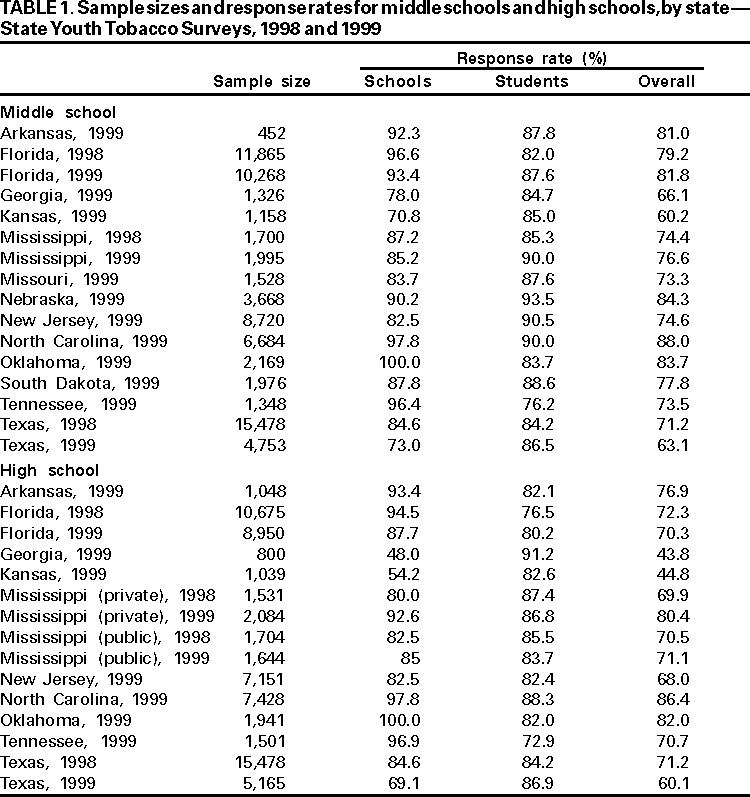 Return to top. Figure 1 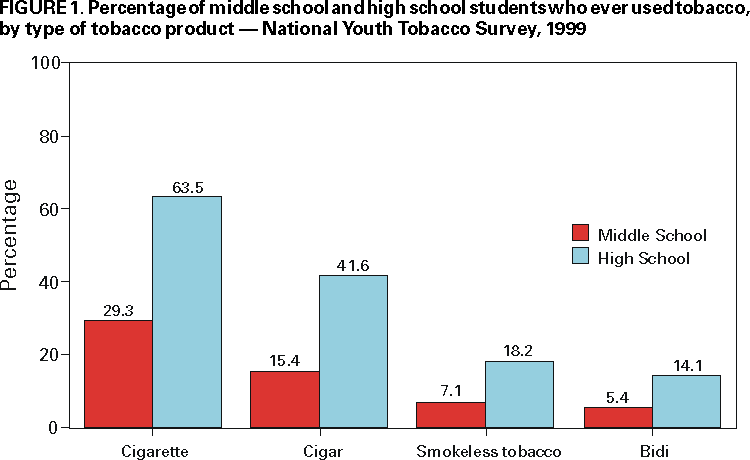 Return to top. Table 2 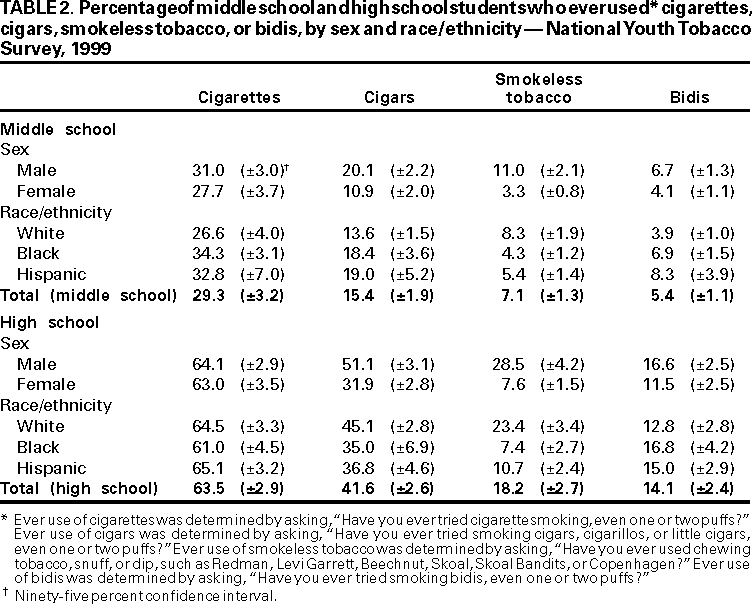 Return to top. Figure 2 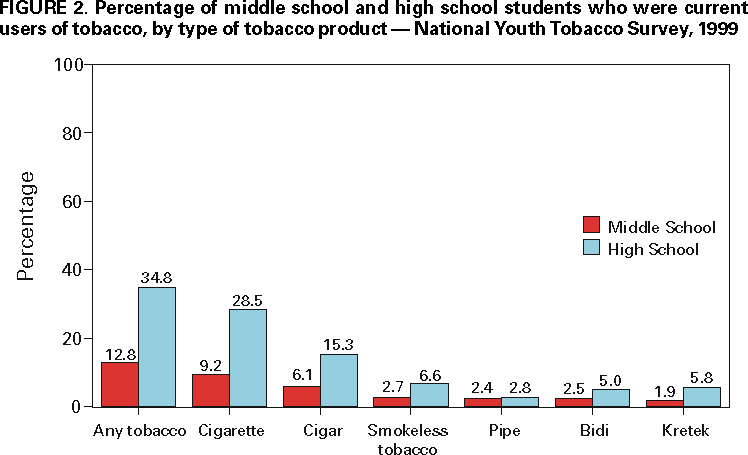 Return to top. Table 3 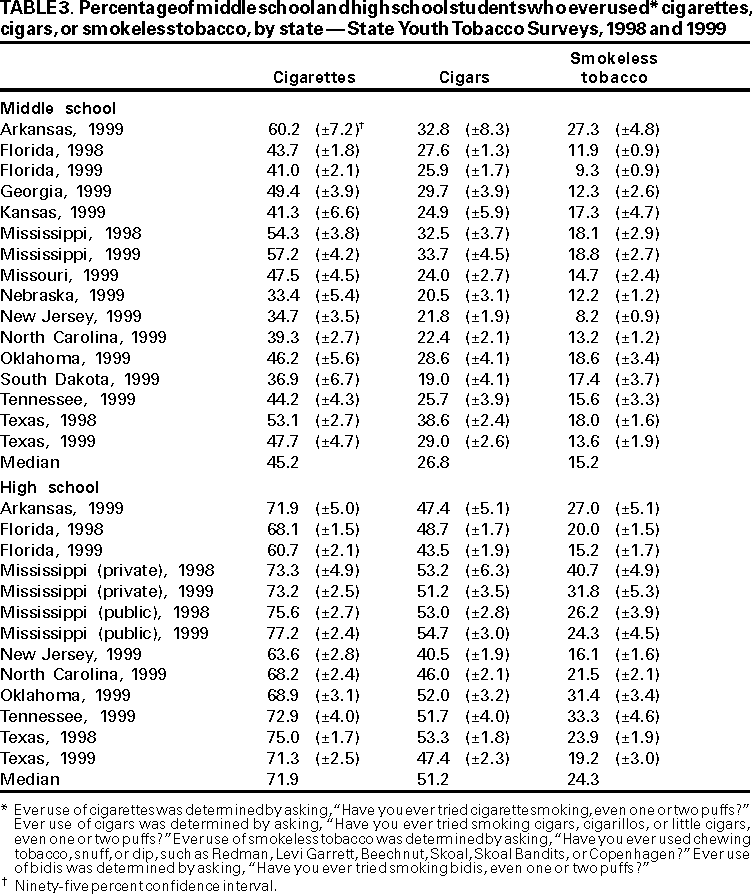 Return to top. Figure 3 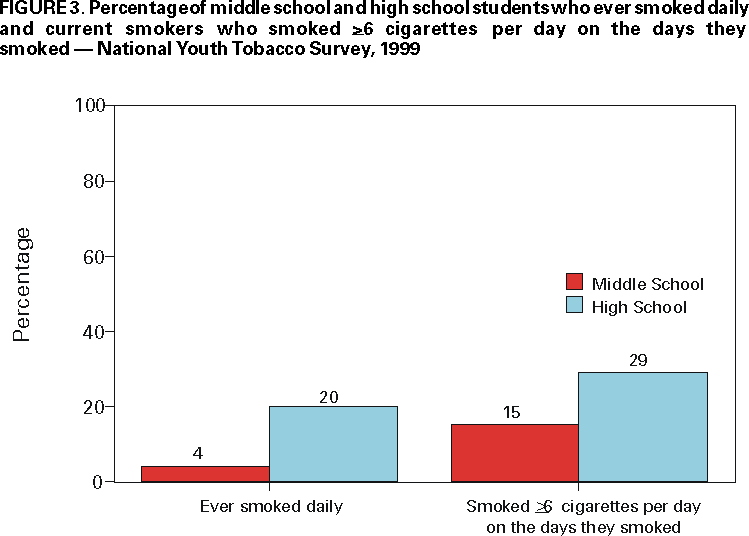 Return to top. Table 4 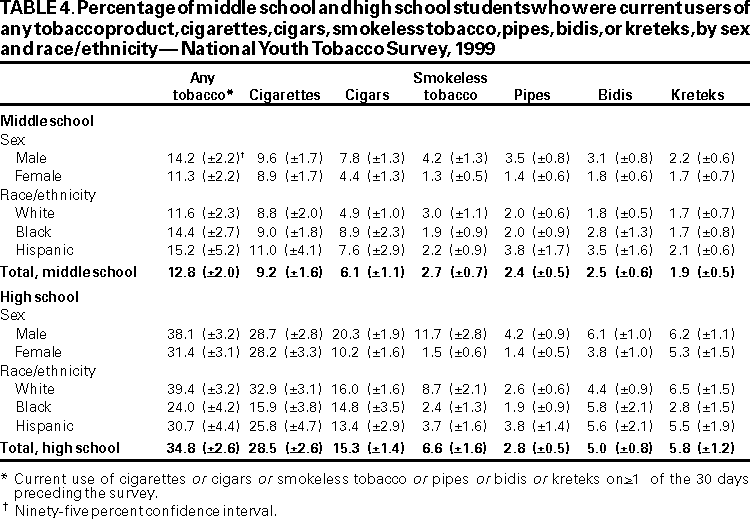 Return to top. Figure 4 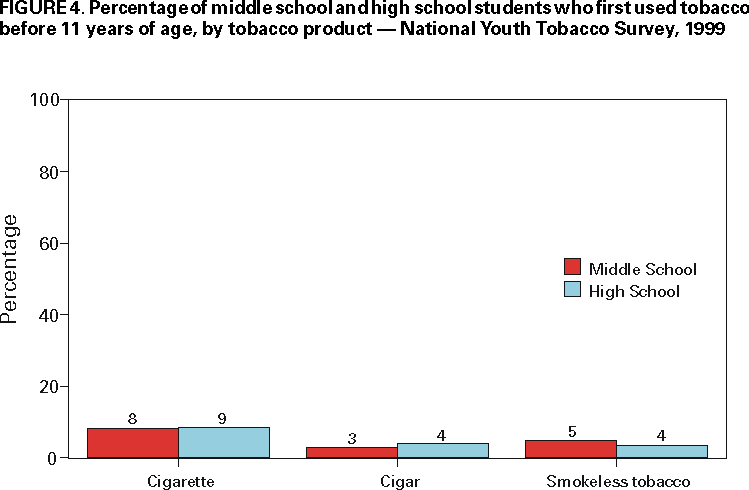 Return to top. Table 5 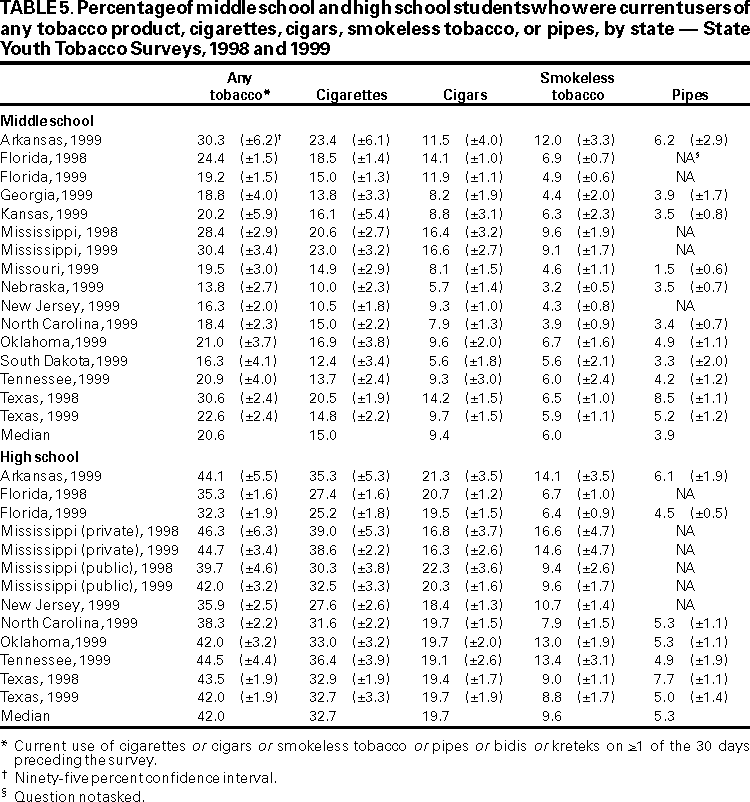 Return to top. Figure 5 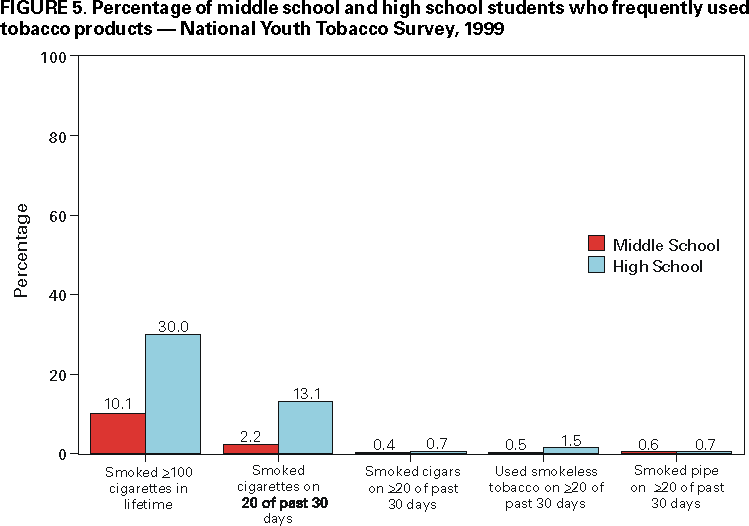 Return to top. Table 6 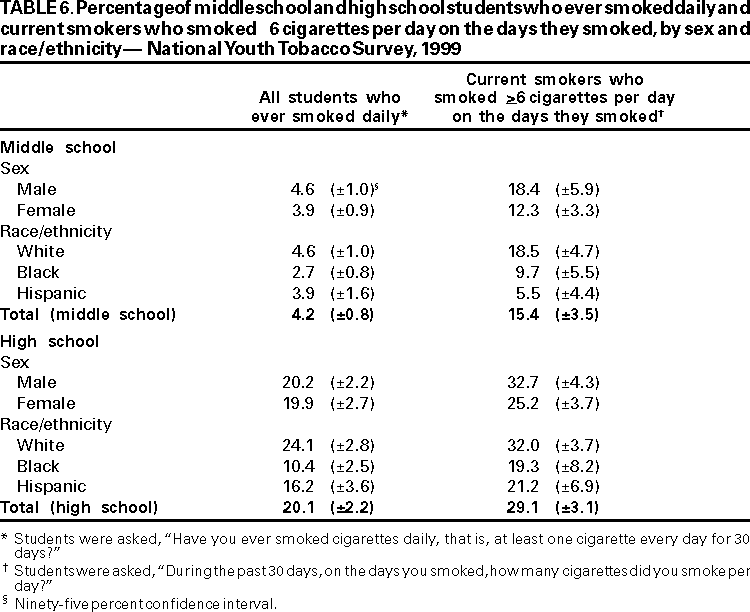 Return to top. Figure 6 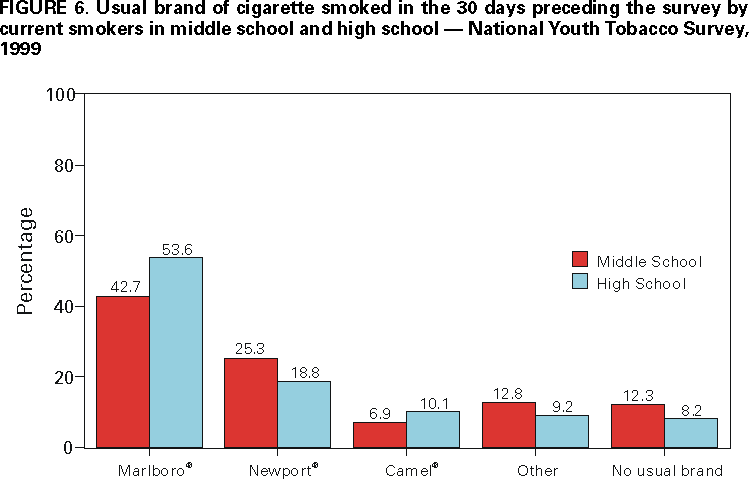 Return to top. Table 7 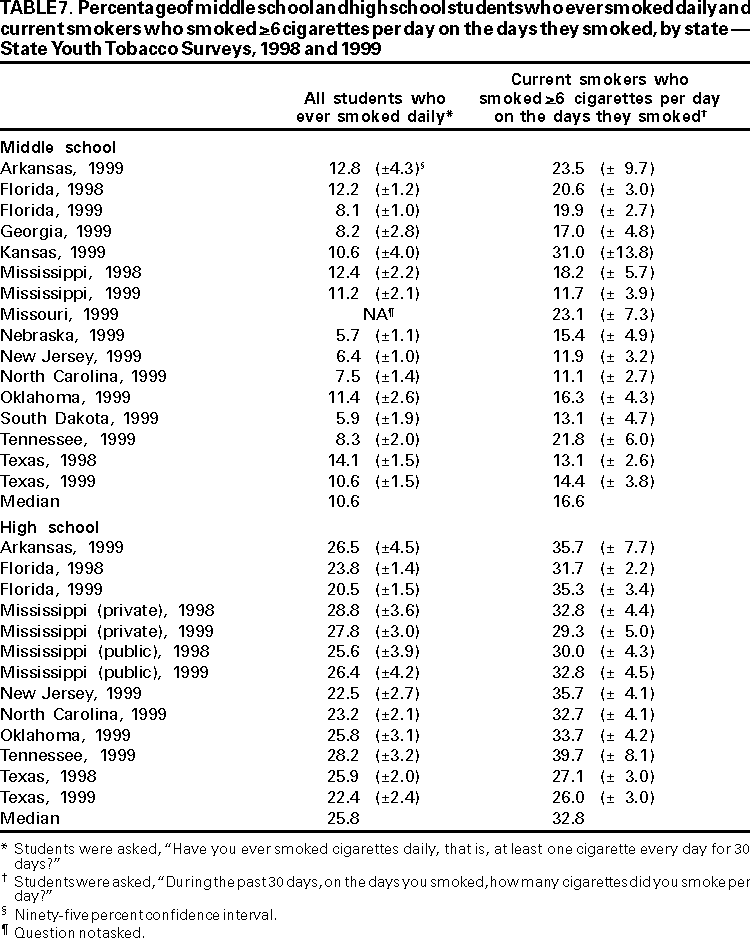 Return to top. Figure 7 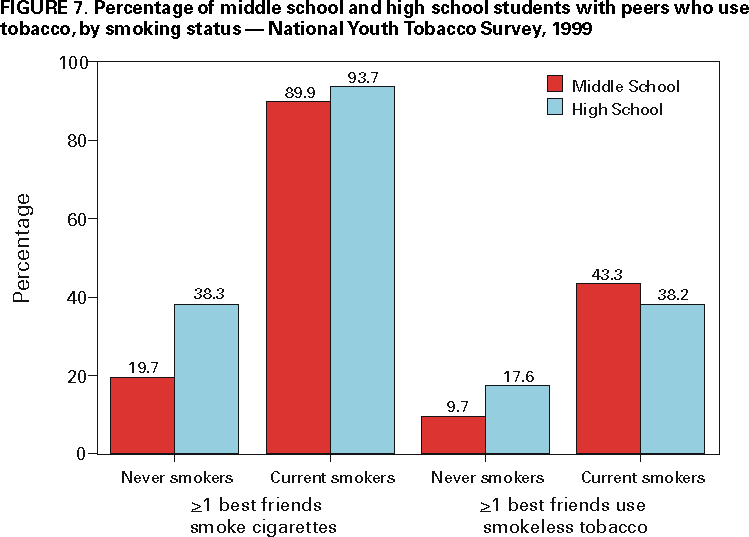 Return to top. Table 8 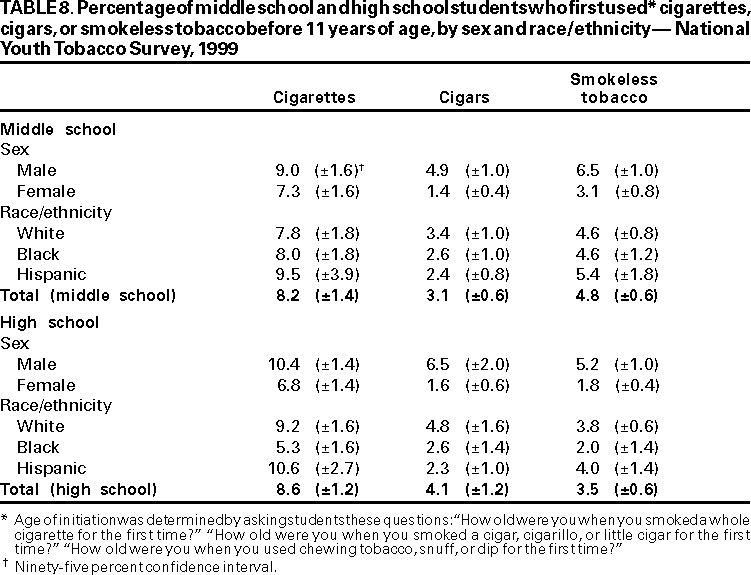 Return to top. Figure 8 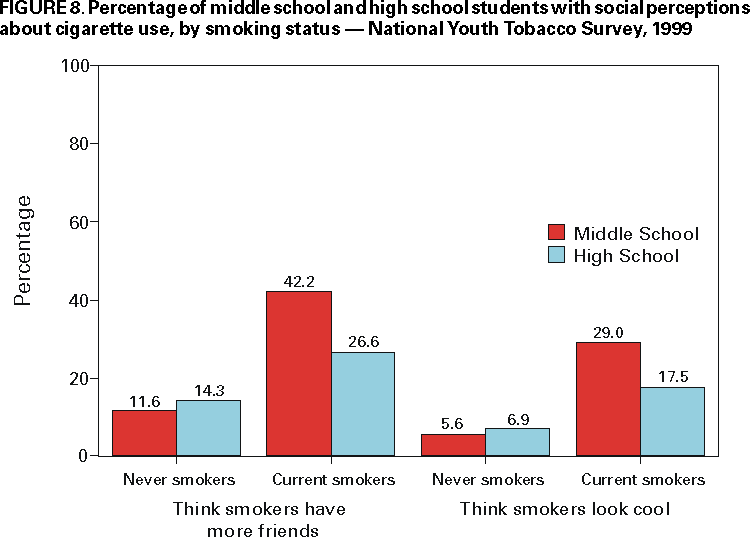 Return to top. Table 9 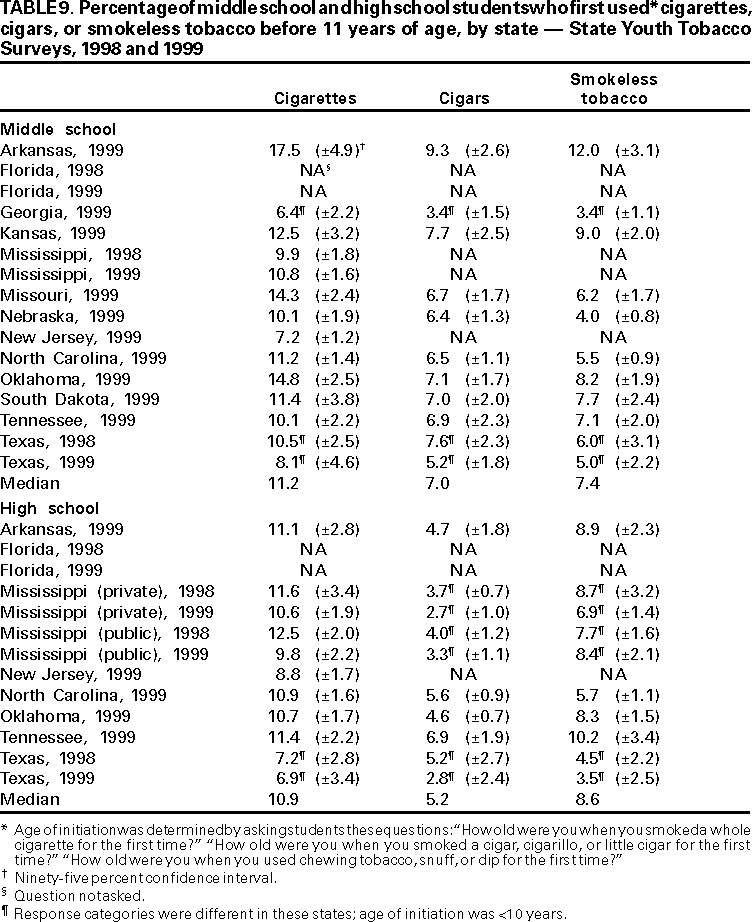 Return to top. Figure 9  Return to top. Table 10 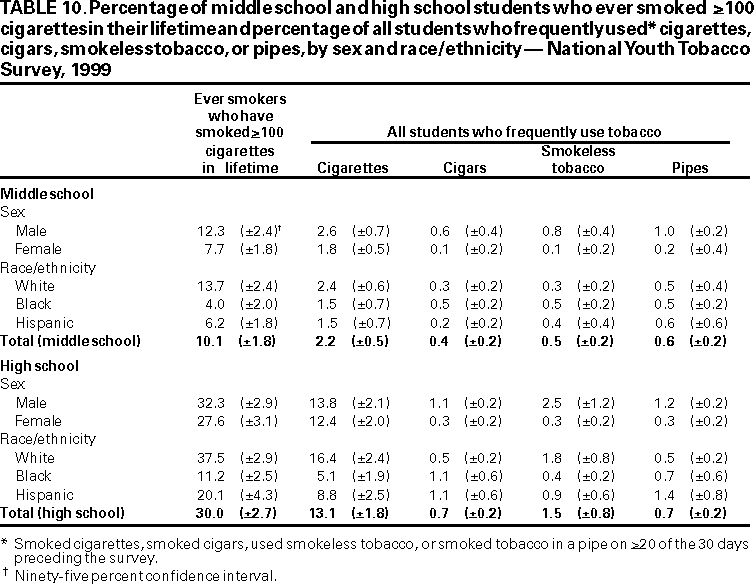 Return to top. Figure 10 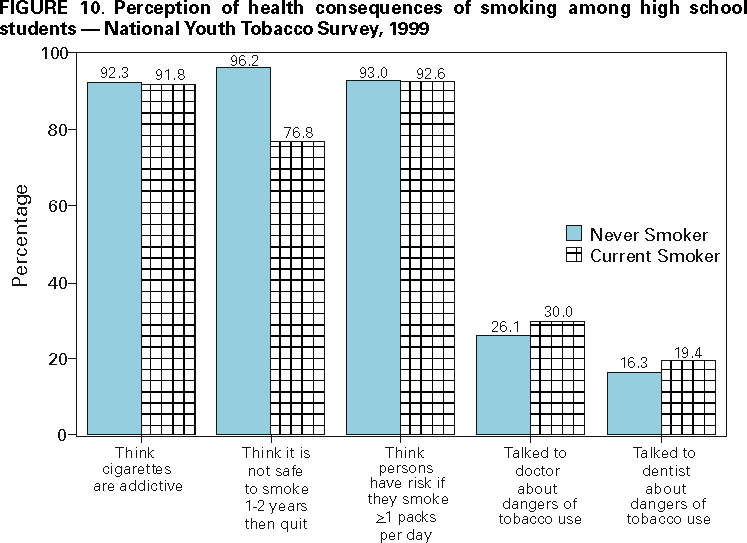 Return to top. Table 11 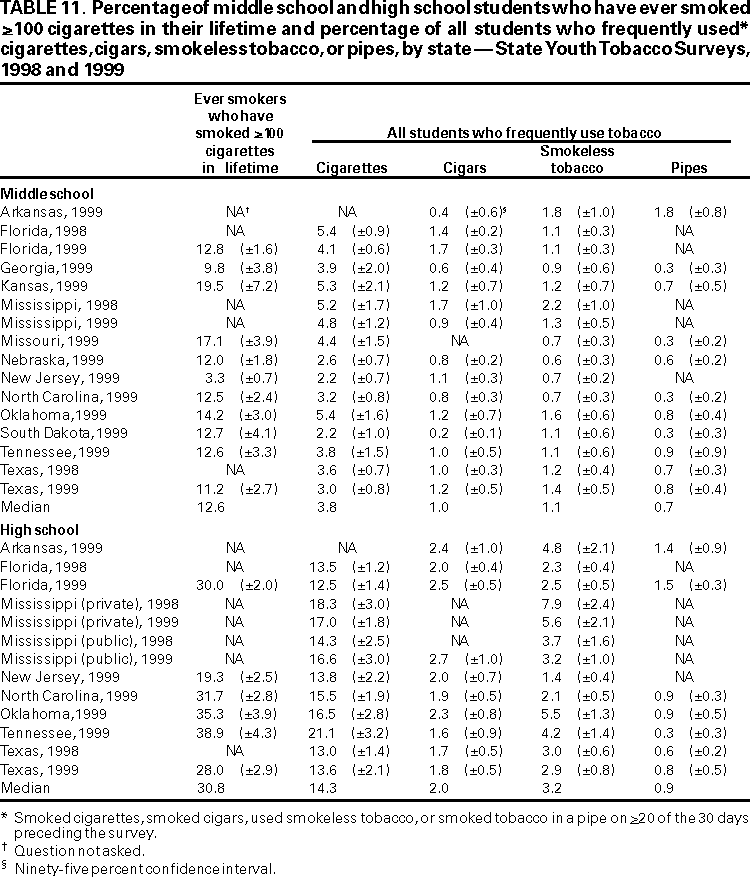 Return to top. Figure 11 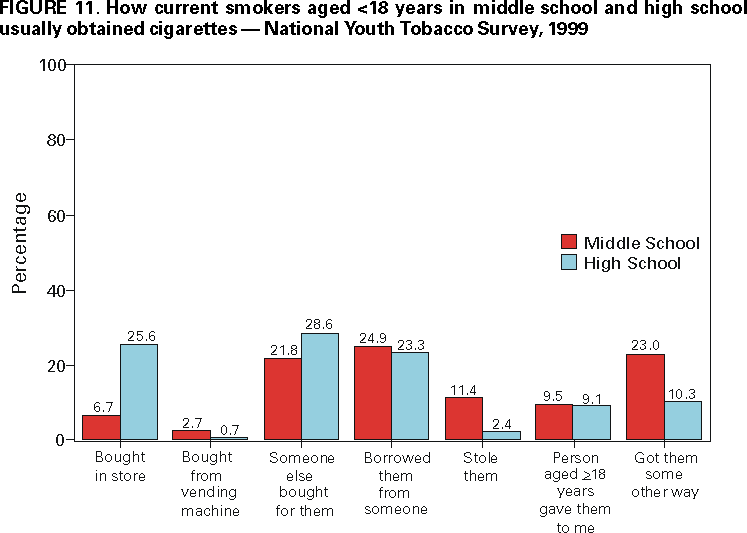 Return to top. Table 12 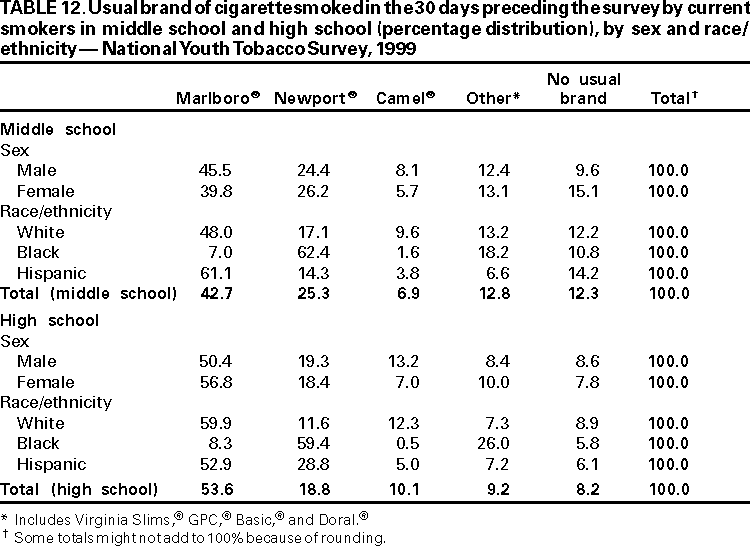 Return to top. Figure 12 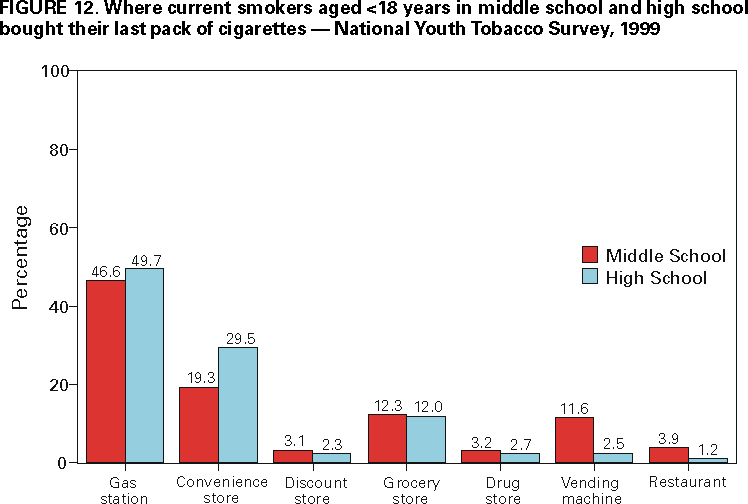 Return to top. Table 13 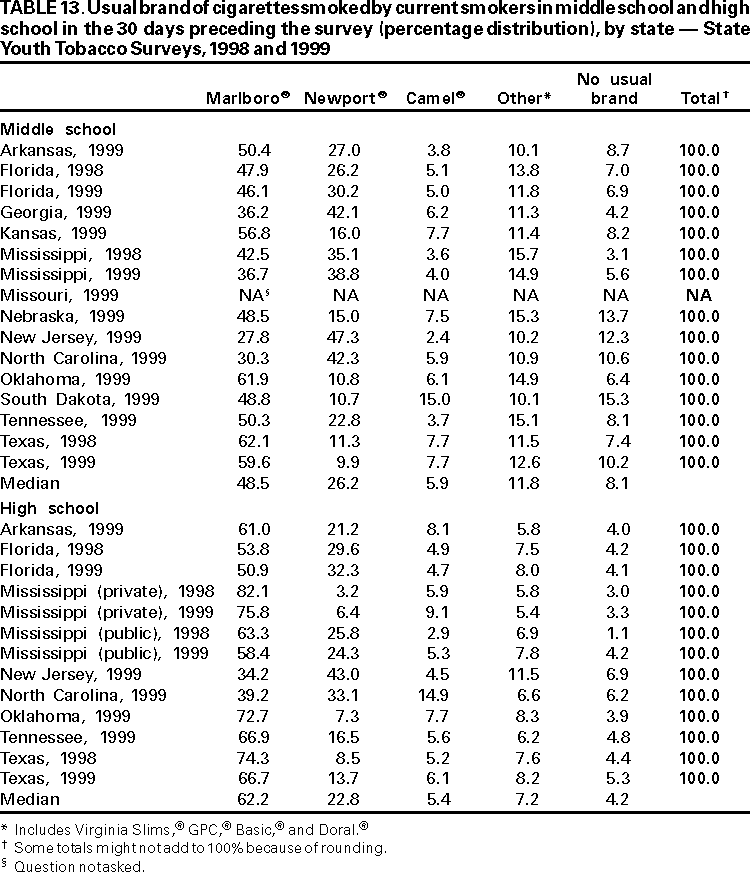 Return to top. Figure 13 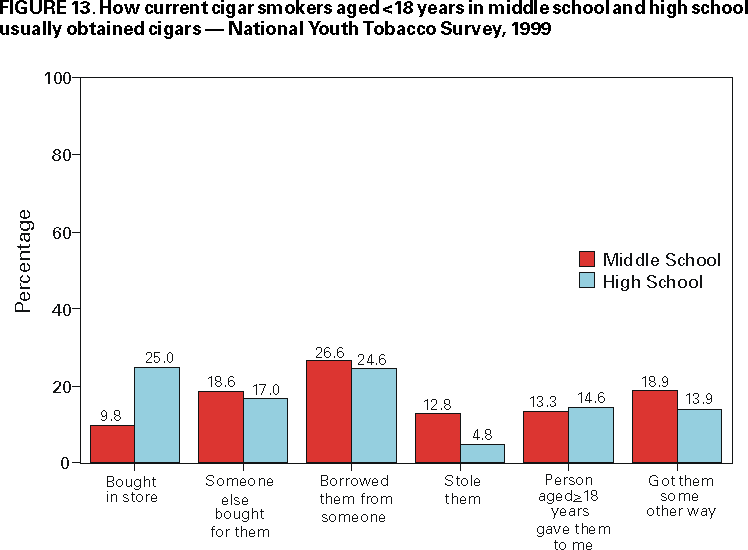 Return to top. Table 14 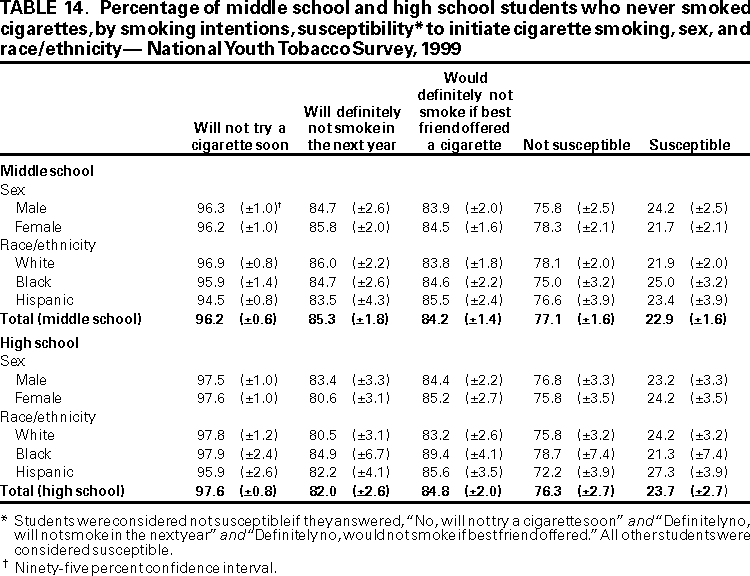 Return to top. Figure 14 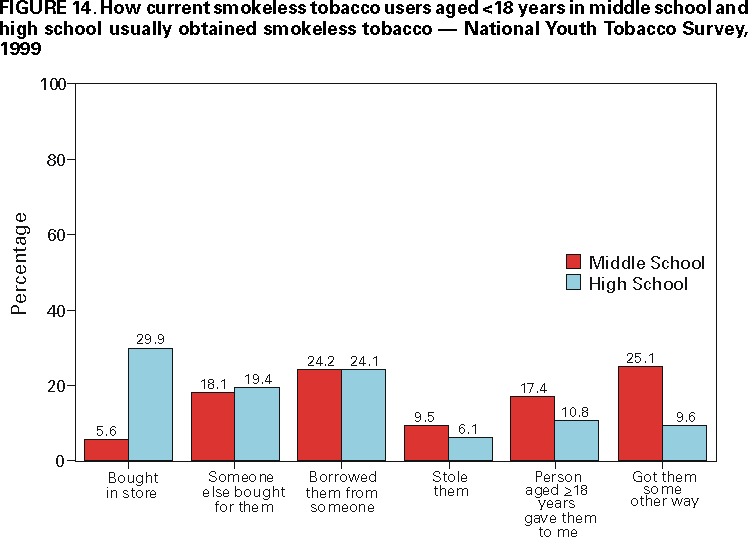 Return to top. Table 15 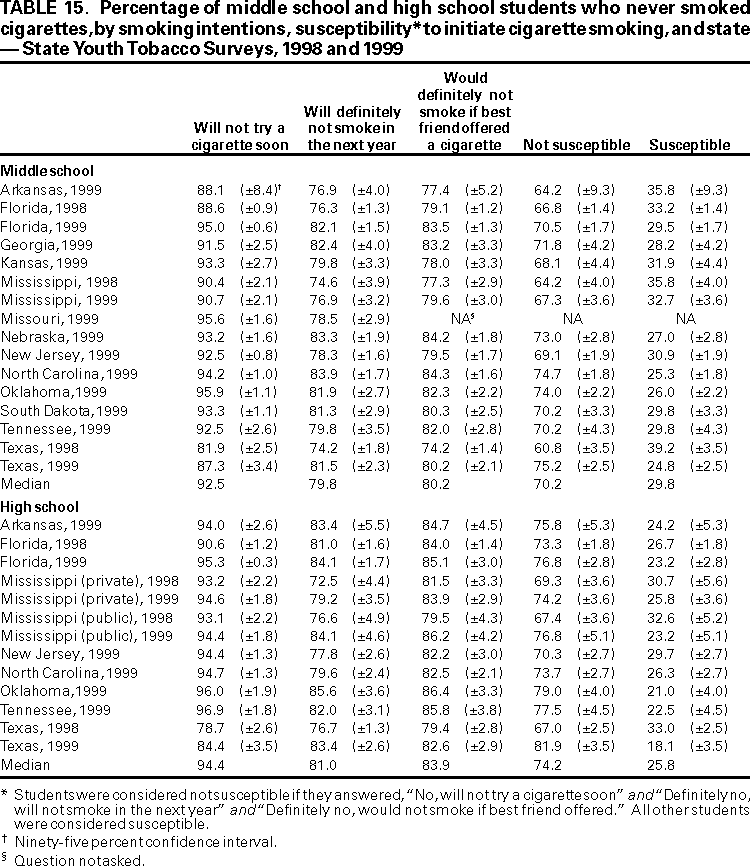 Return to top. Figure 15 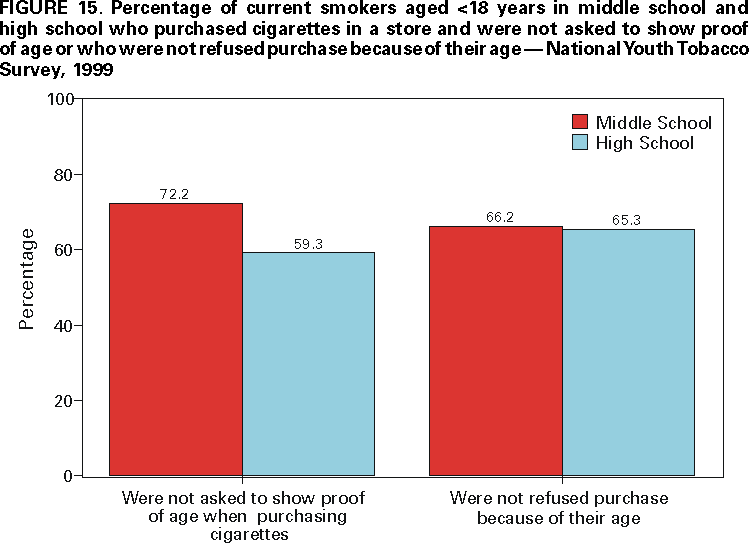 Return to top. Table 16 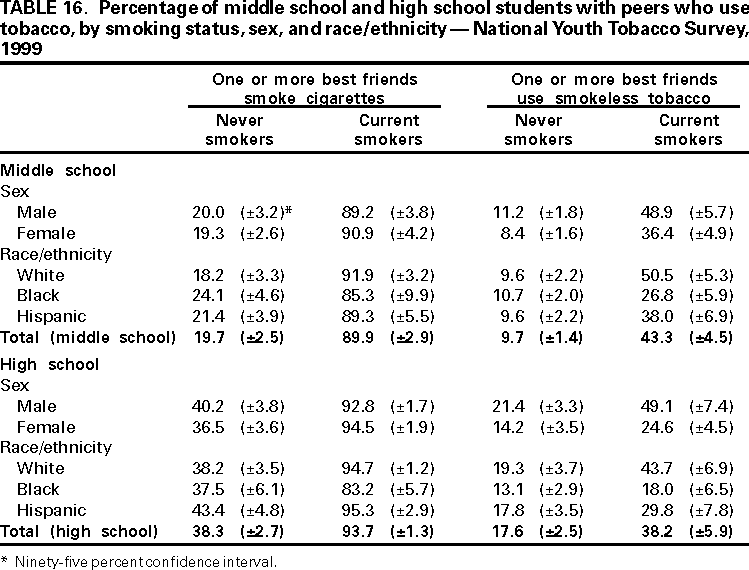 Return to top. Figure 16 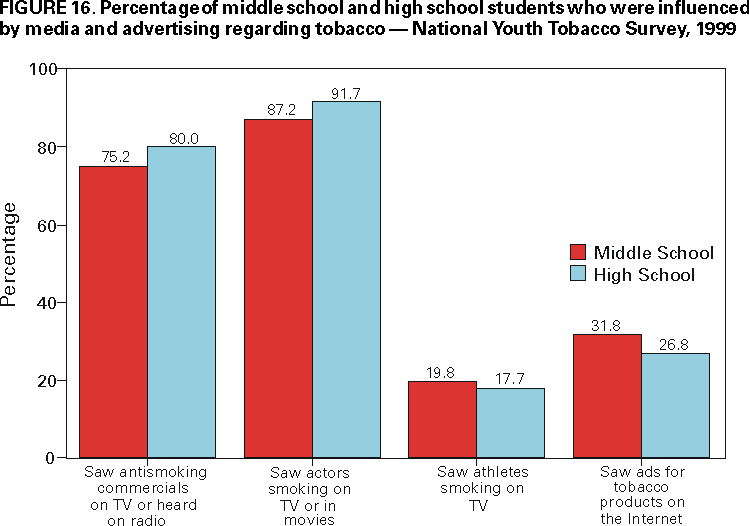 Return to top. Table 17 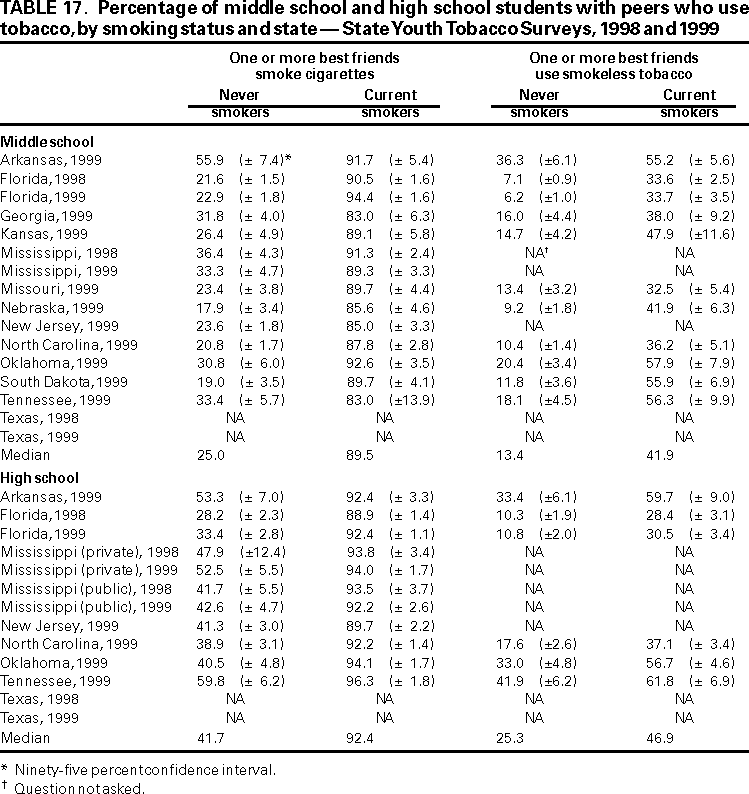 Return to top. Figure 17 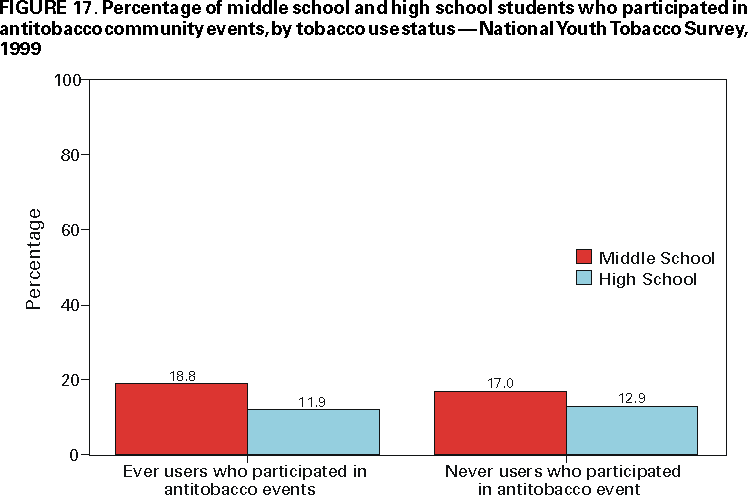 Return to top. Table 18 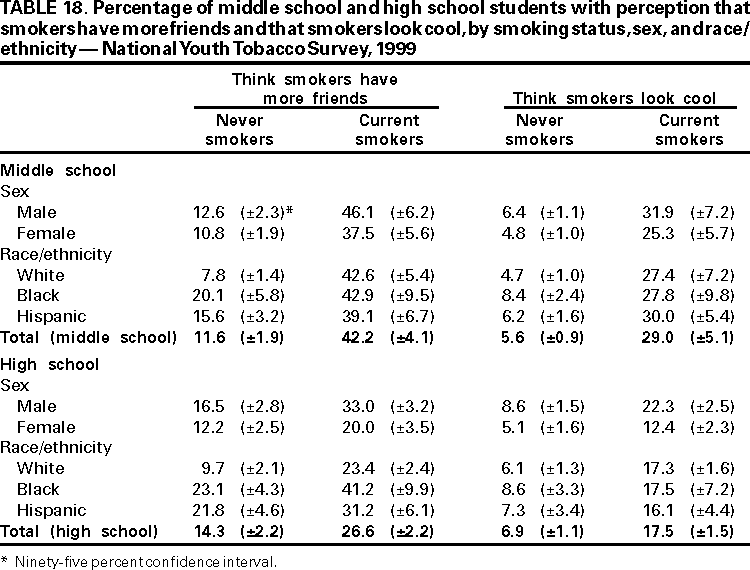 Return to top. Figure 18 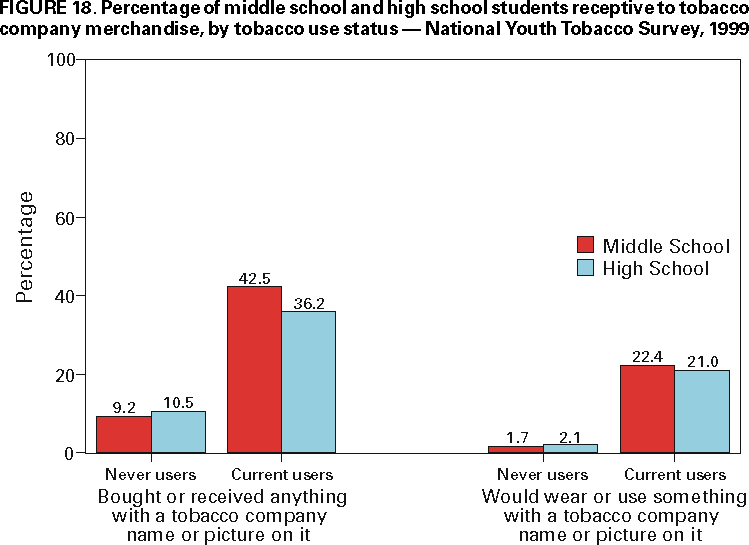 Return to top. Table 19 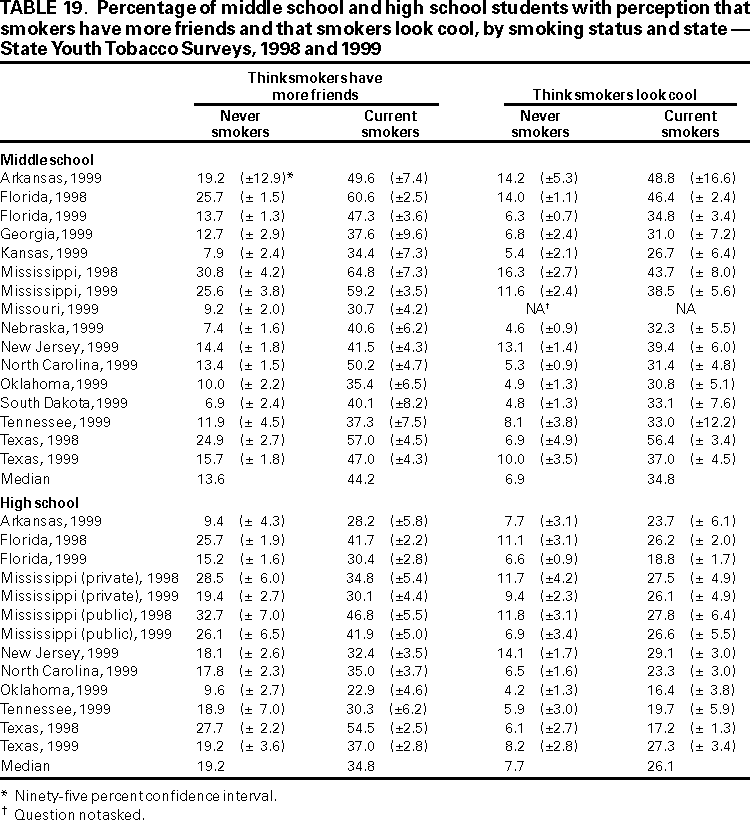 Return to top. Figure 19 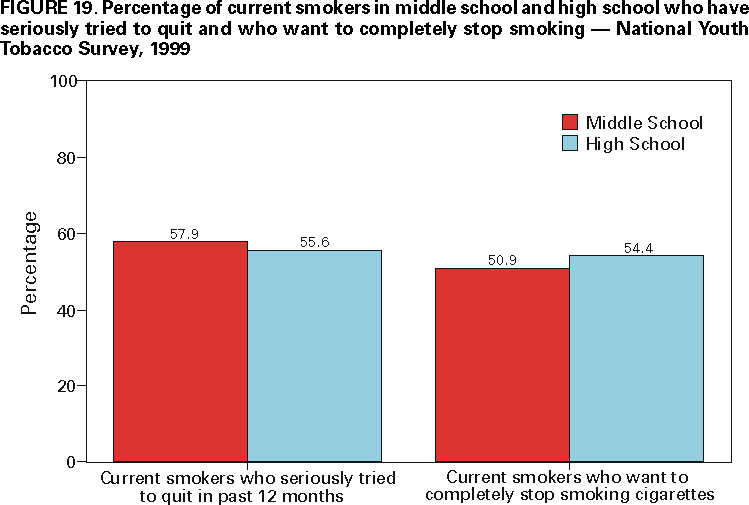 Return to top. Table 20 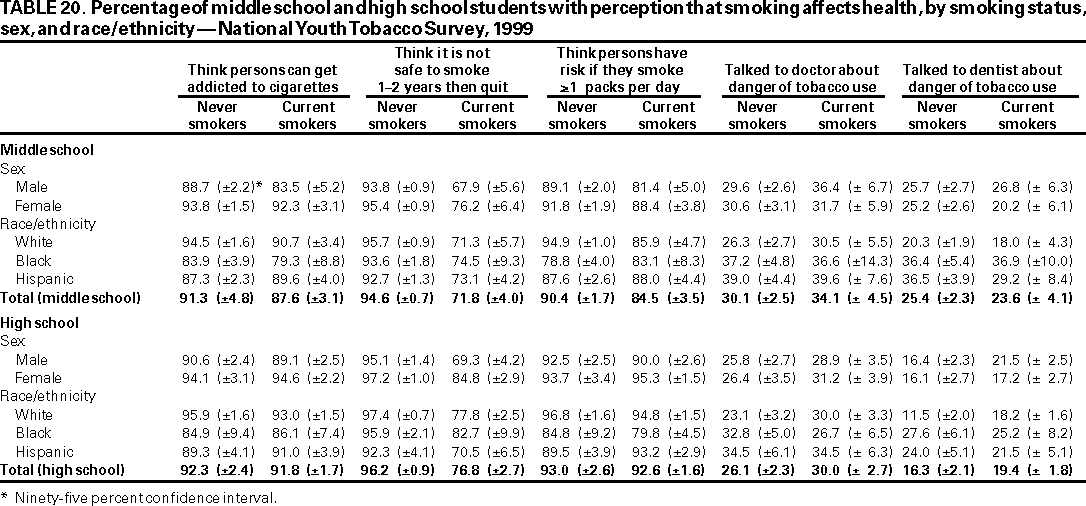 Return to top. Figure 20 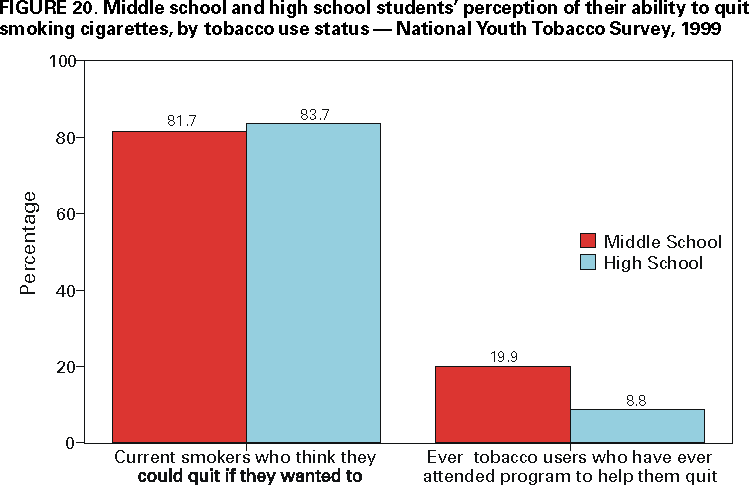 Return to top. Table 21 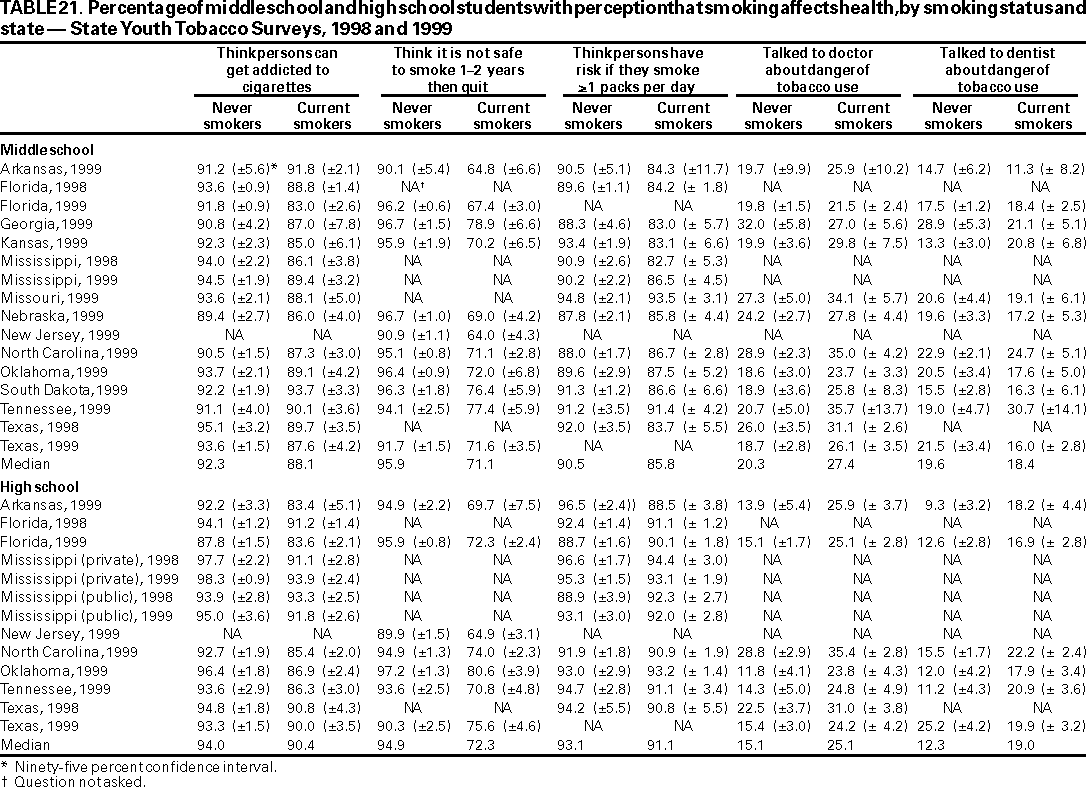 Return to top. Figure 21 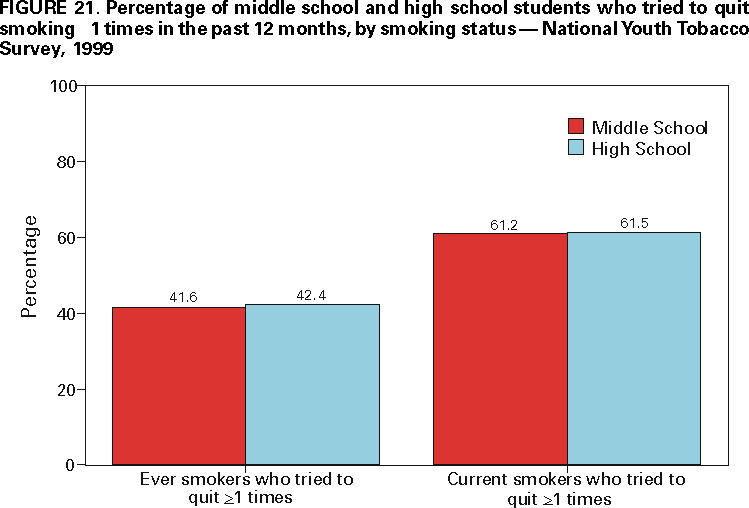 Return to top. Table 22 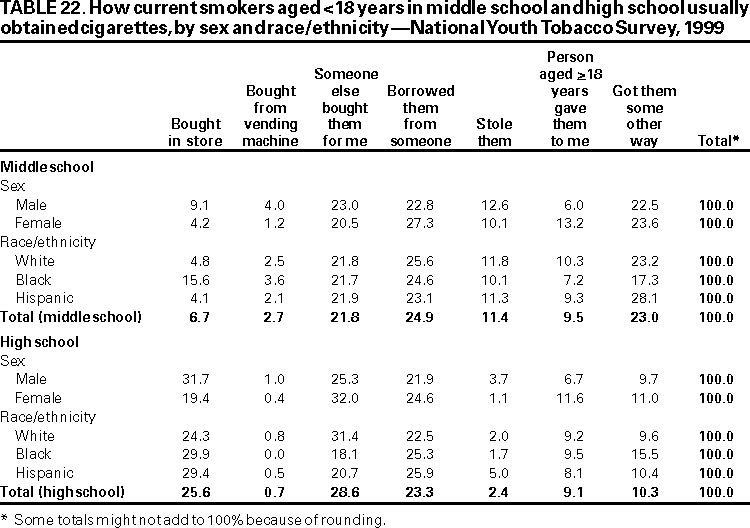 Return to top. Figure 22 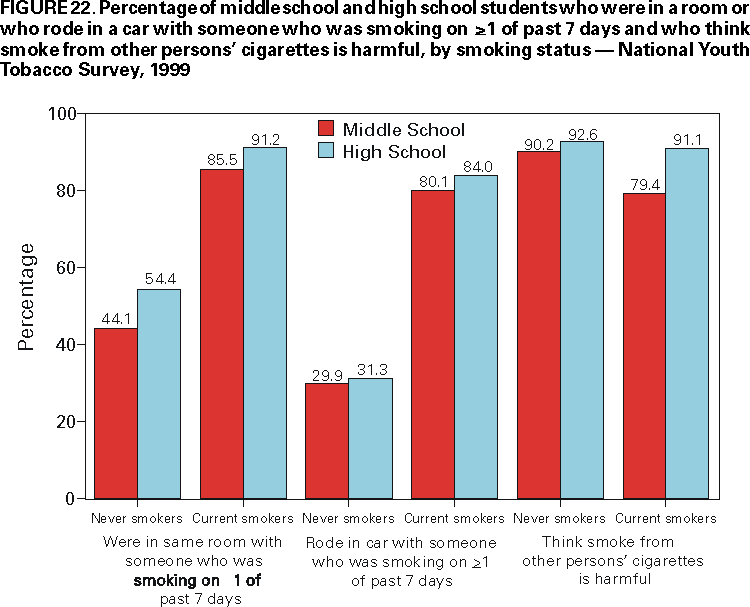 Return to top. Table 23 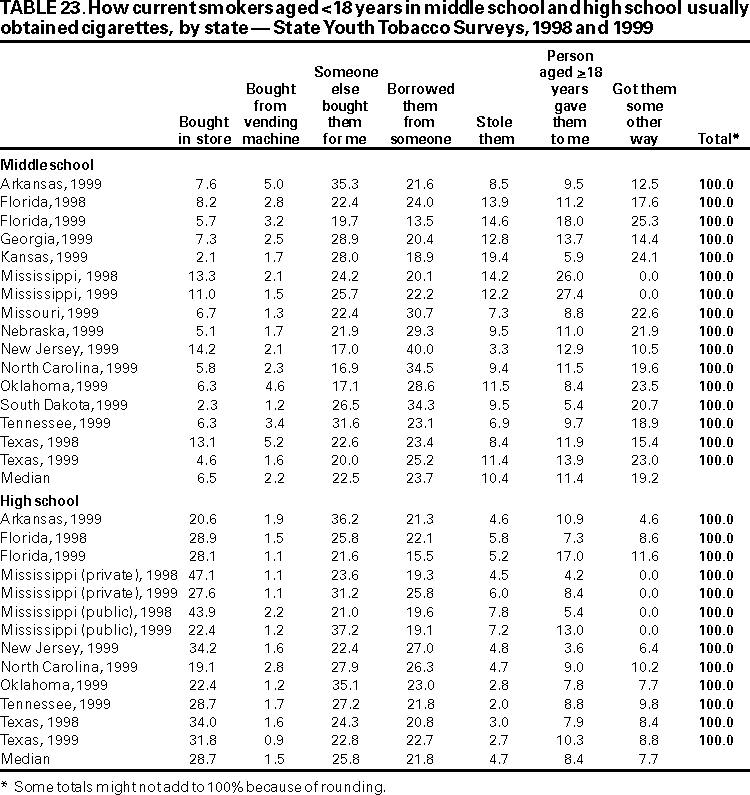 Return to top. Figure 23 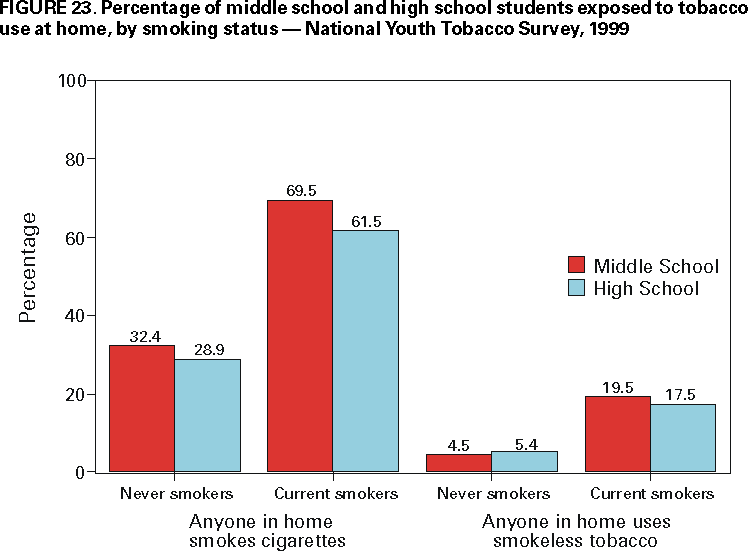 Return to top. Table 24 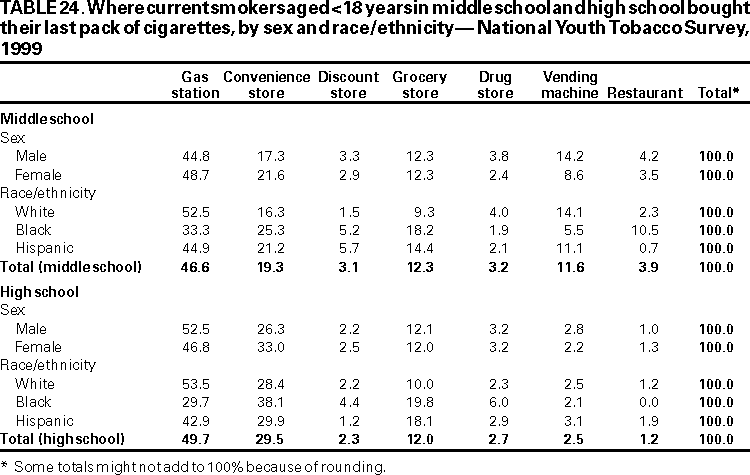 Return to top. Table 25 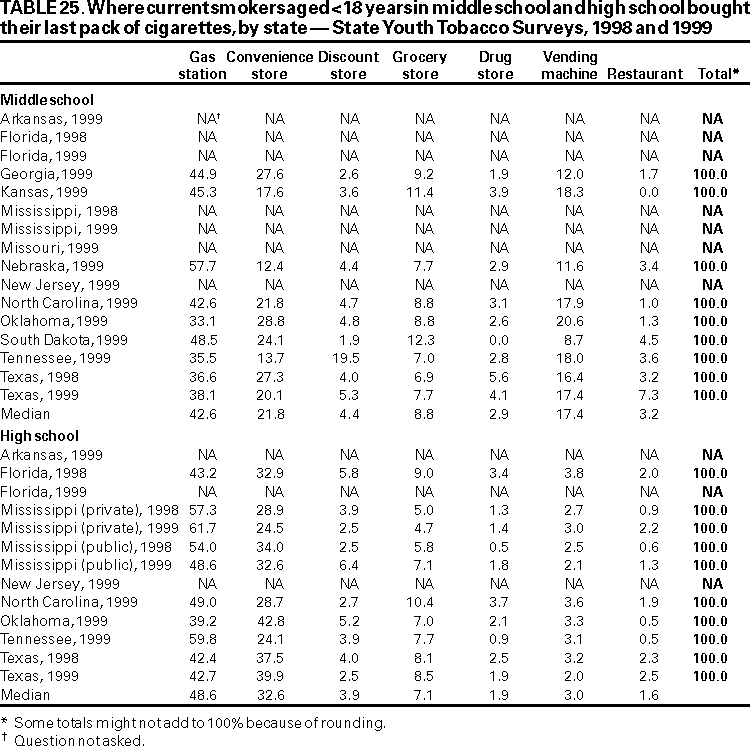 Return to top. Table 26 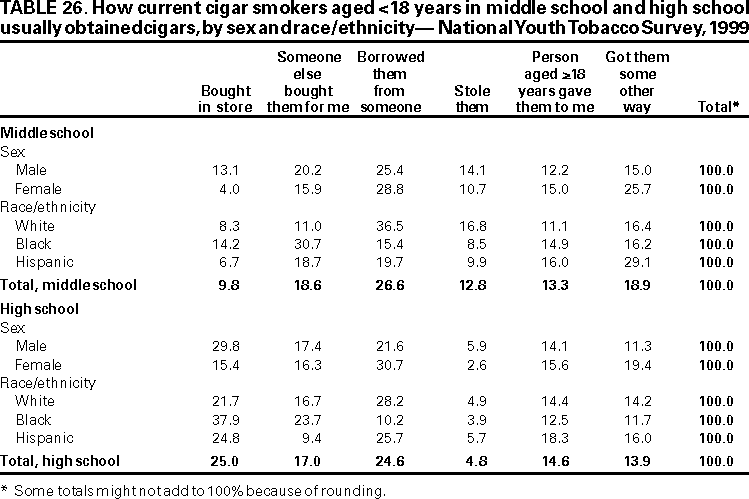 Return to top. Table 27 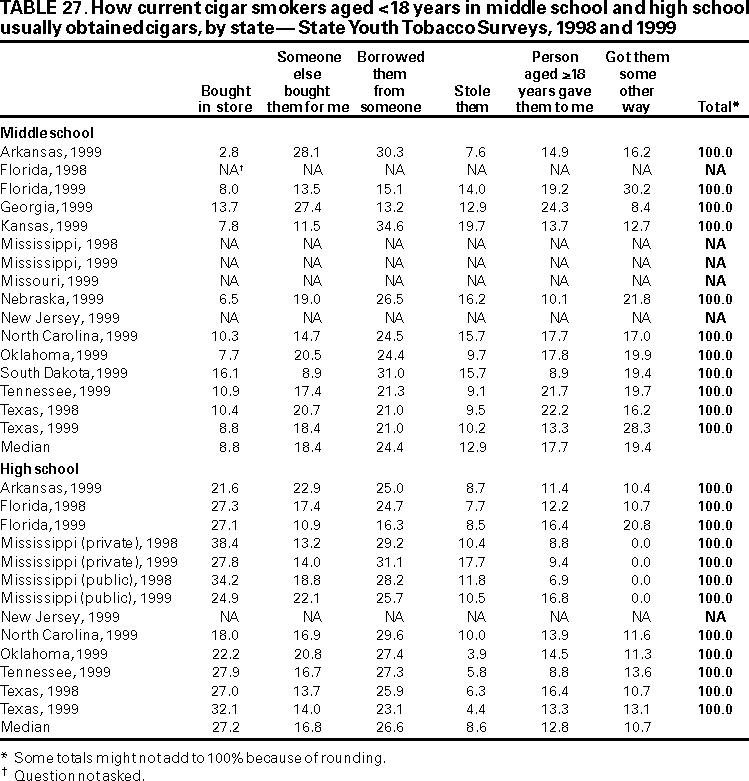 Return to top. Table 28 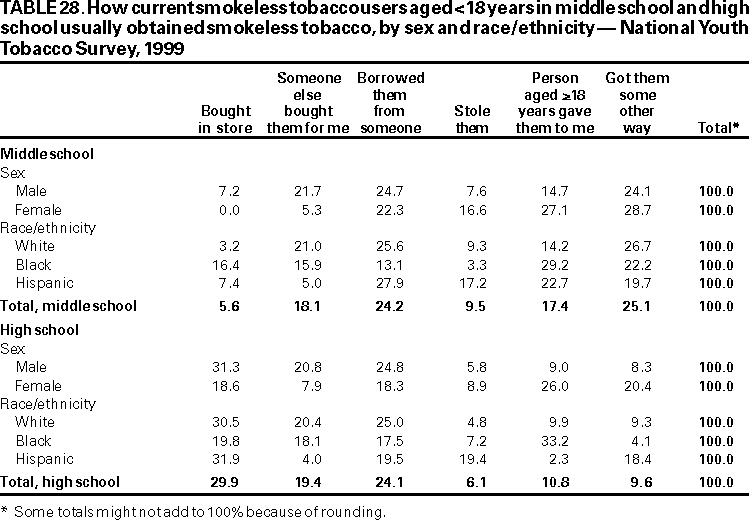 Return to top. Table 29 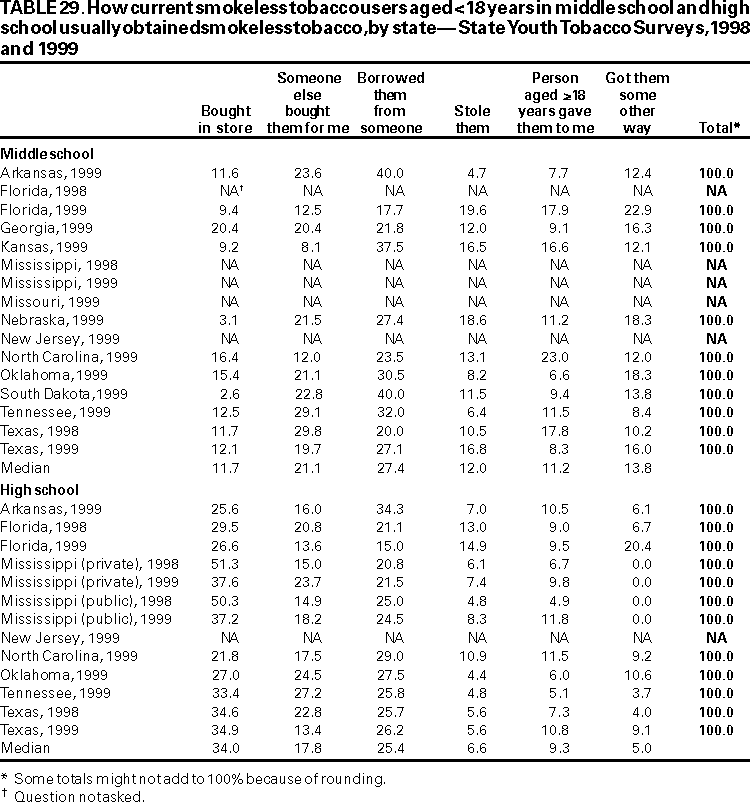 Return to top. Table 30 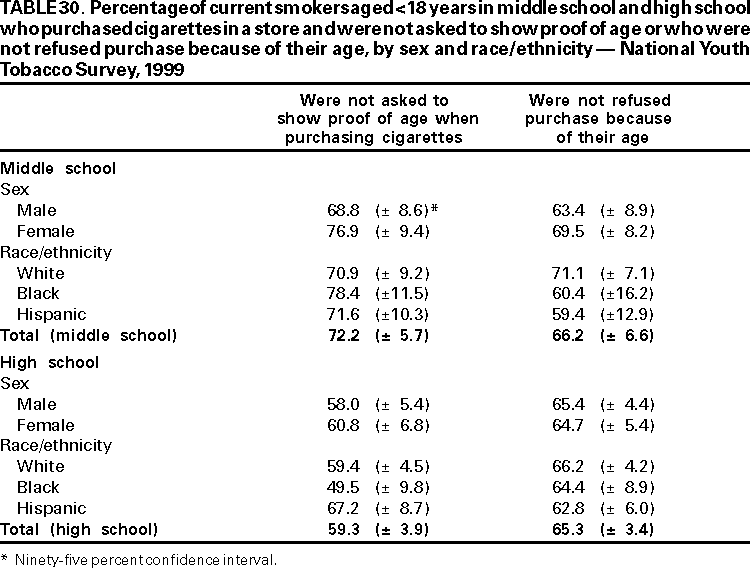 Return to top. Table 31 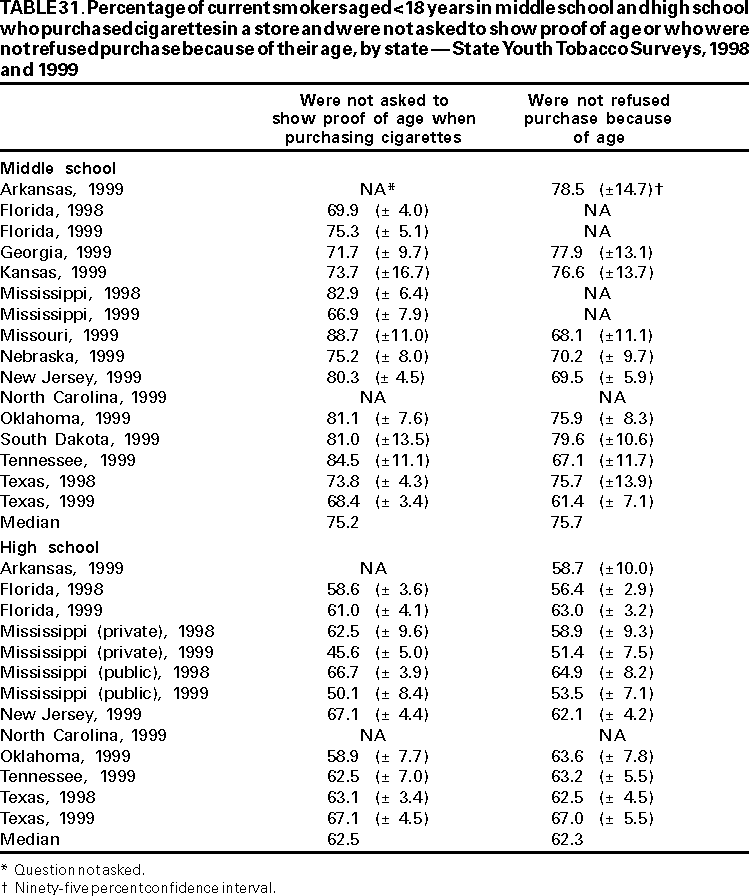 Return to top. Table 32 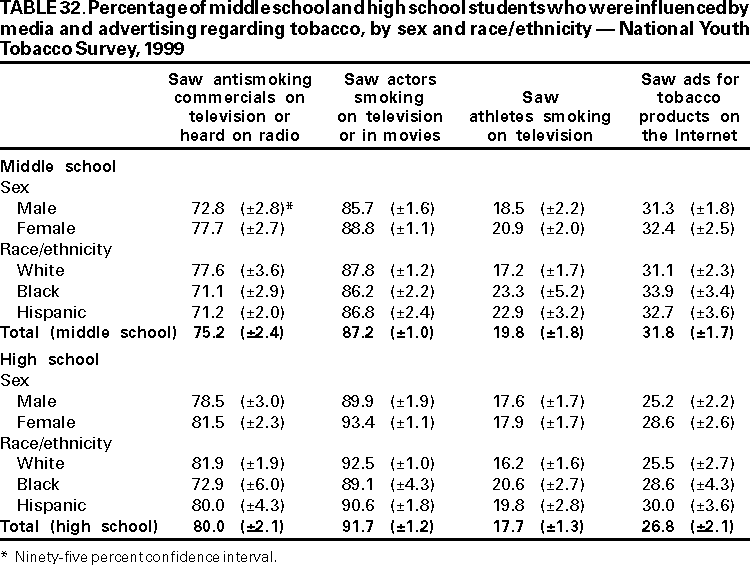 Return to top. Table 33 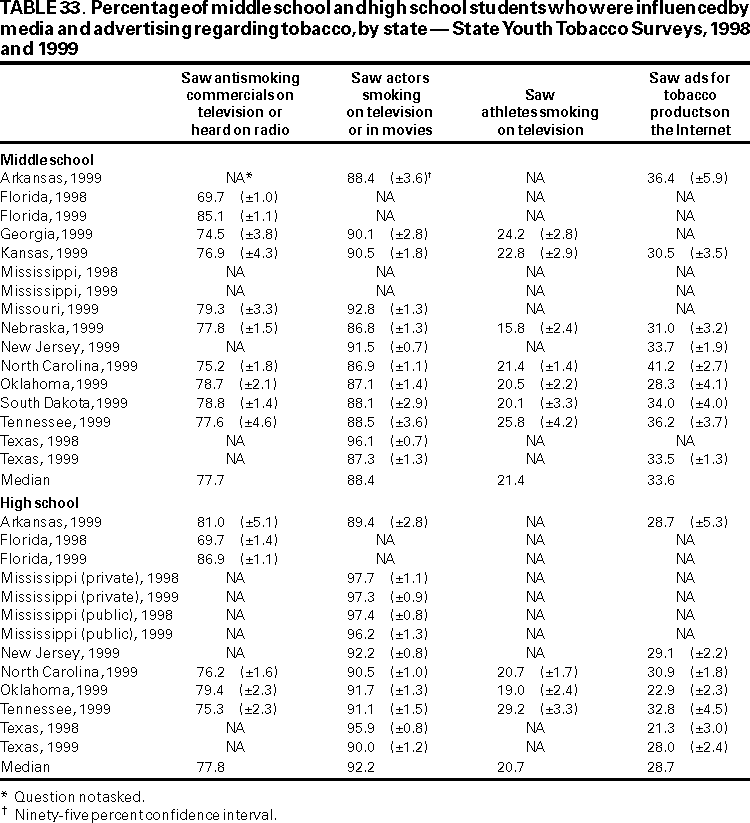 Return to top. Table 34 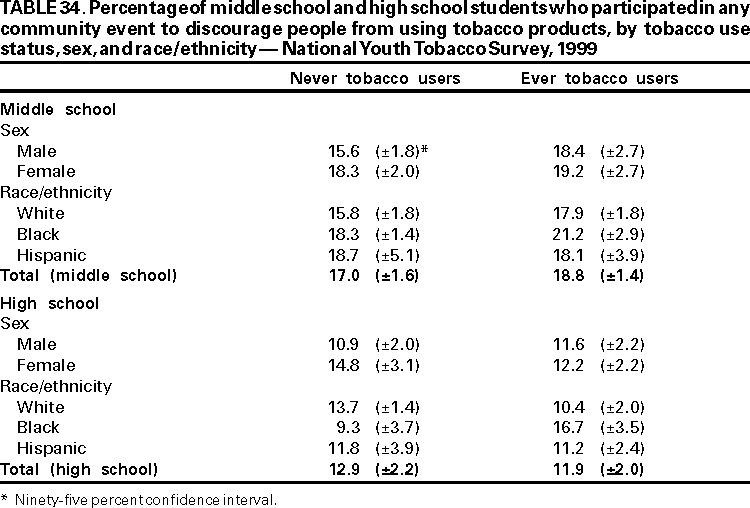 Return to top. Table 35 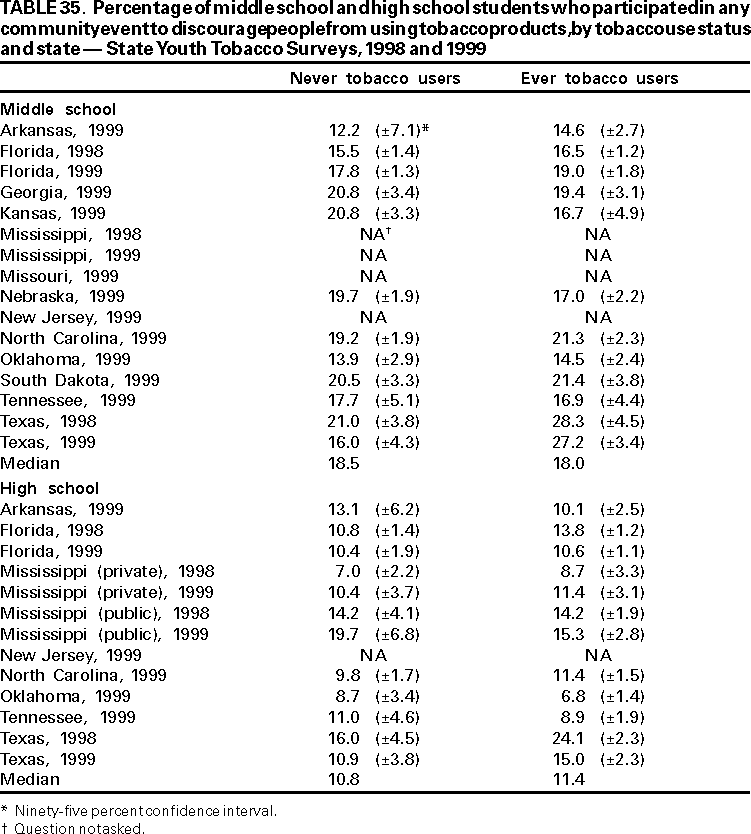 Return to top. Table 36 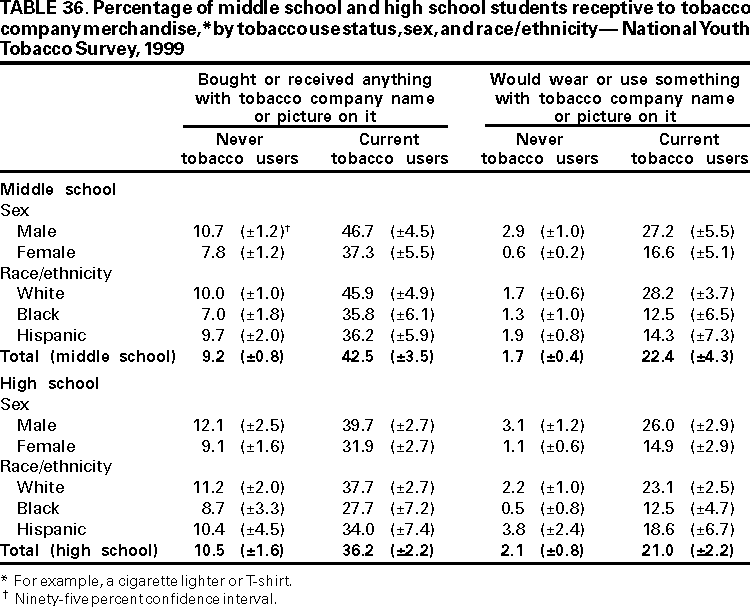 Return to top. Table 37 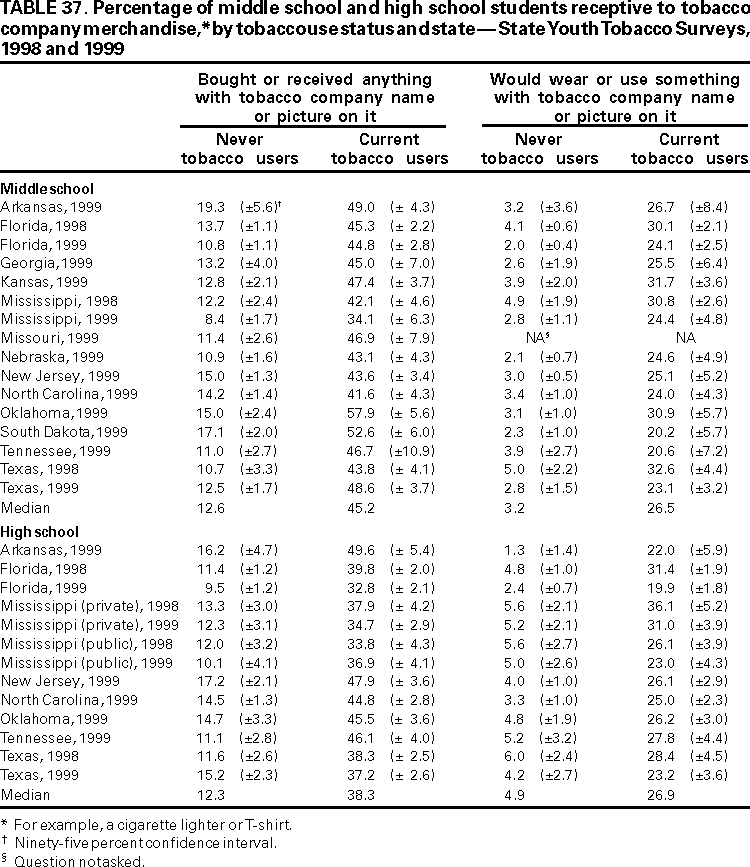 Return to top. Table 38 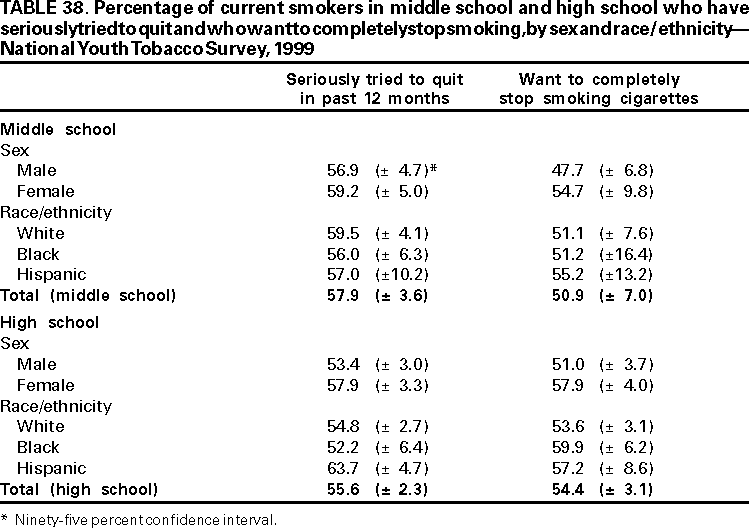 Return to top. Table 39 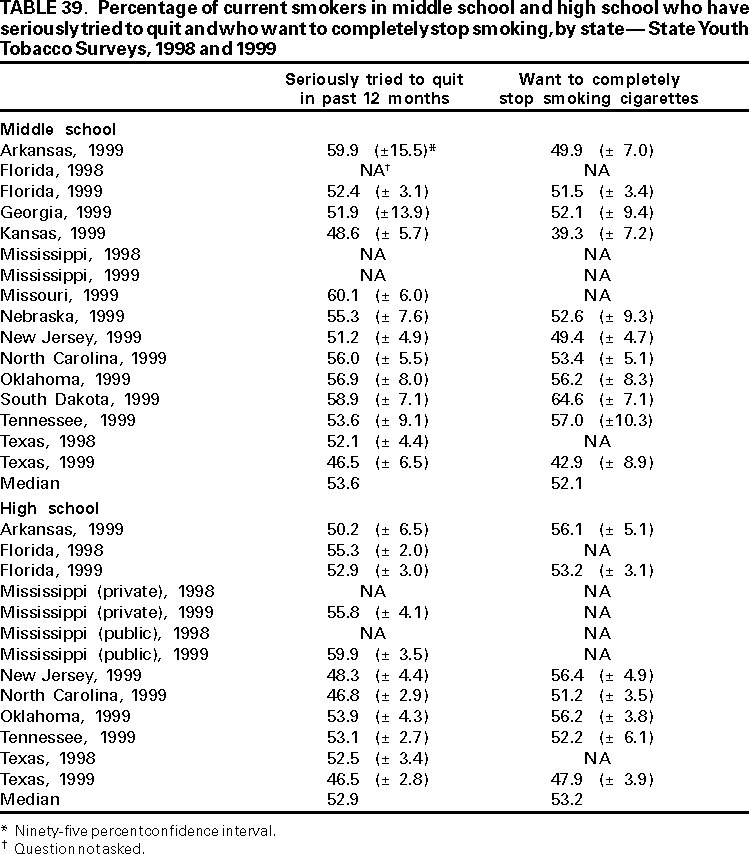 Return to top. Table 40 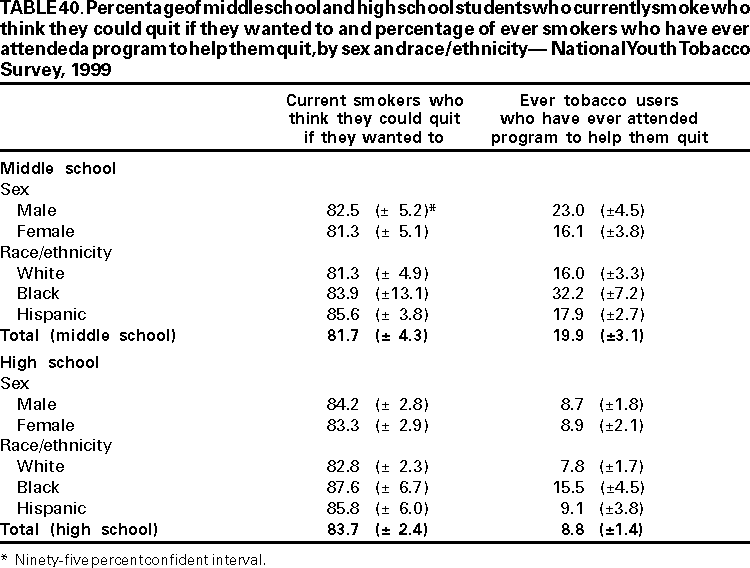 Return to top. Table 41 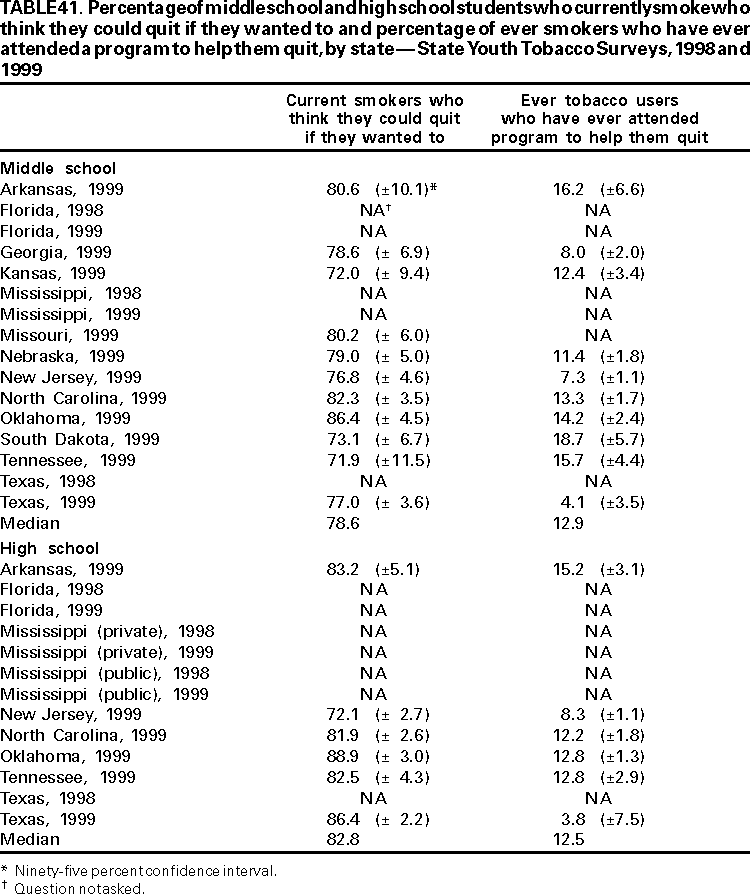 Return to top. Table 42 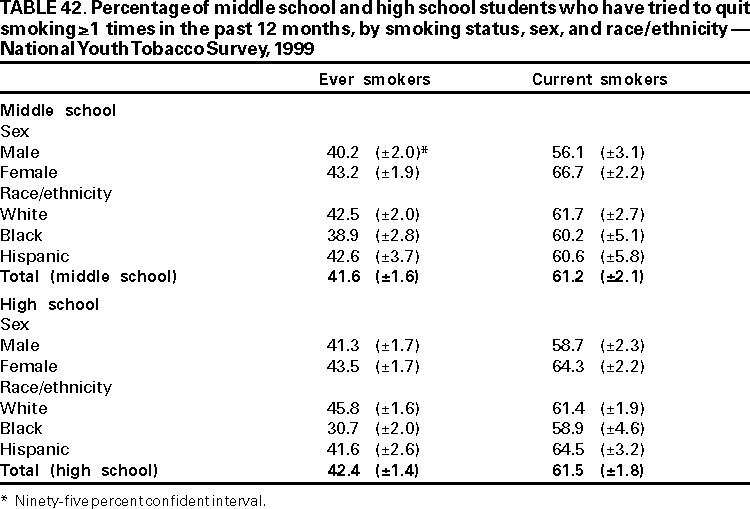 Return to top. Table 43 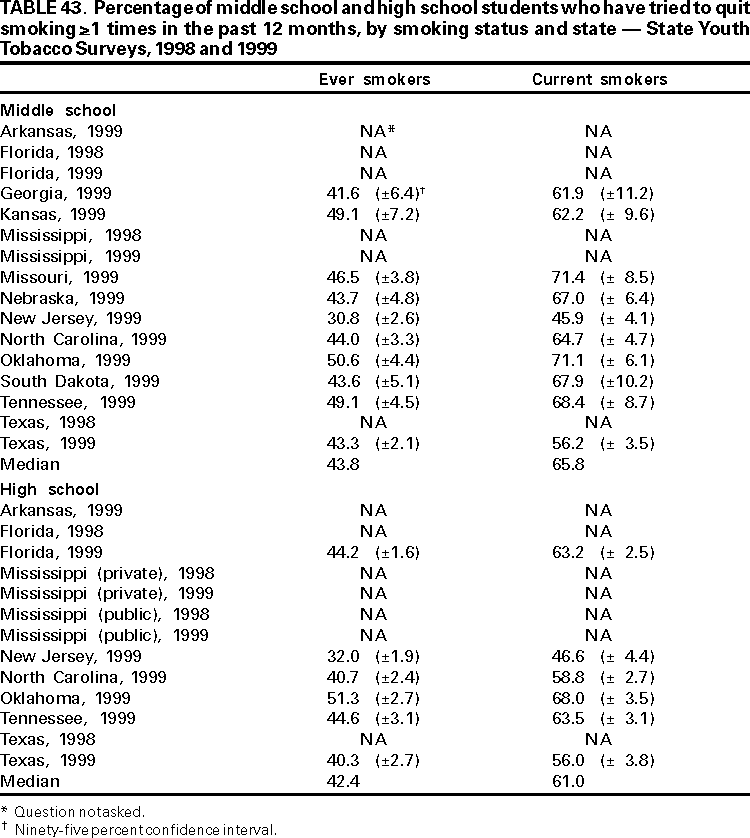 Return to top. Table 44 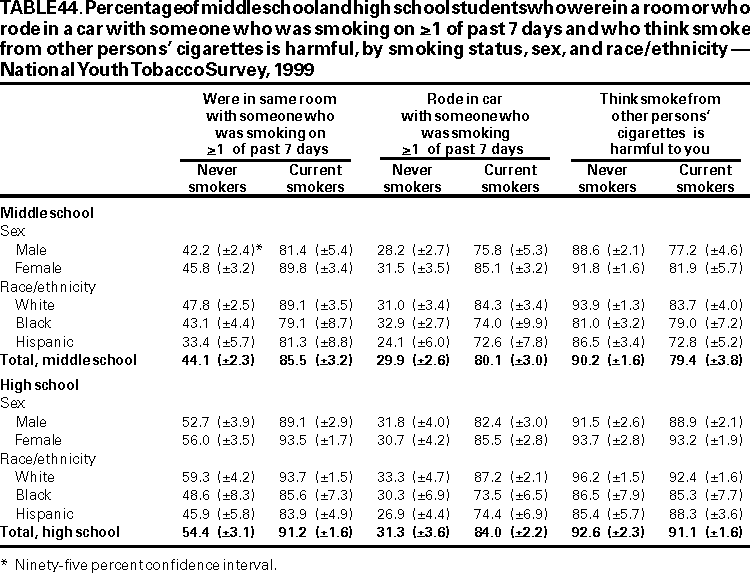 Return to top. Table 45 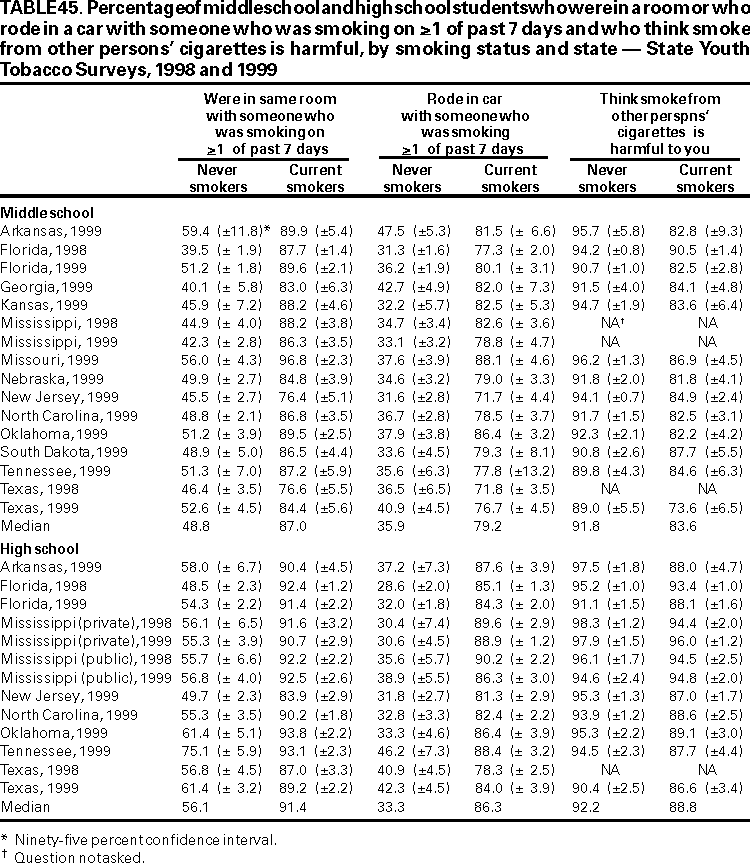 Return to top. Table 46 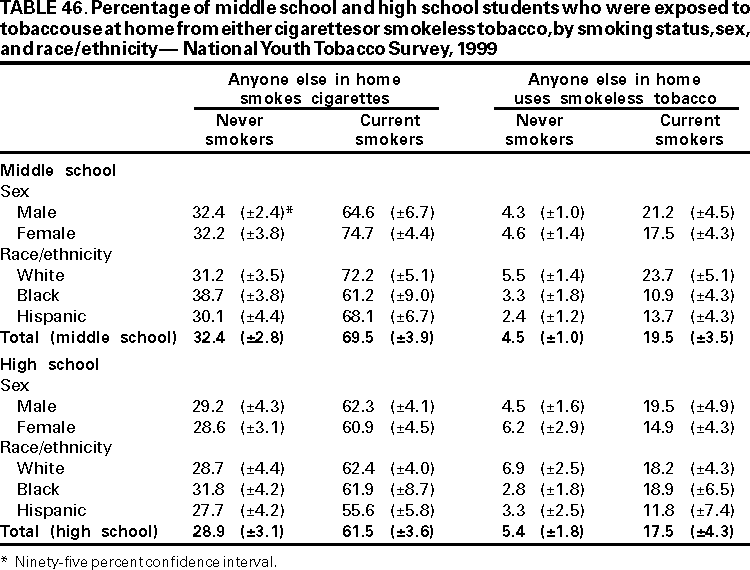 Return to top. Table 47 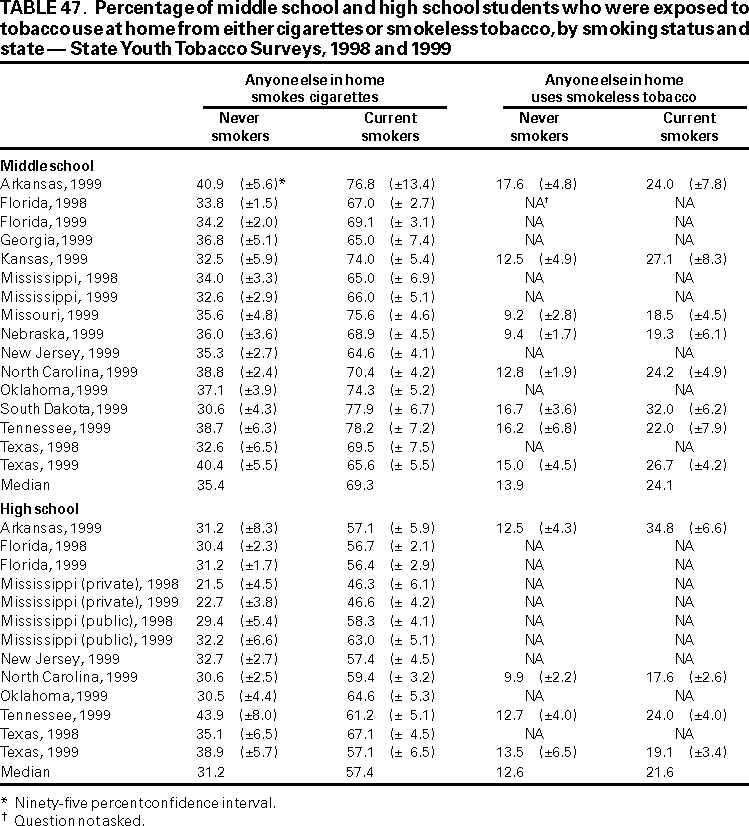 Return to top. Table 48 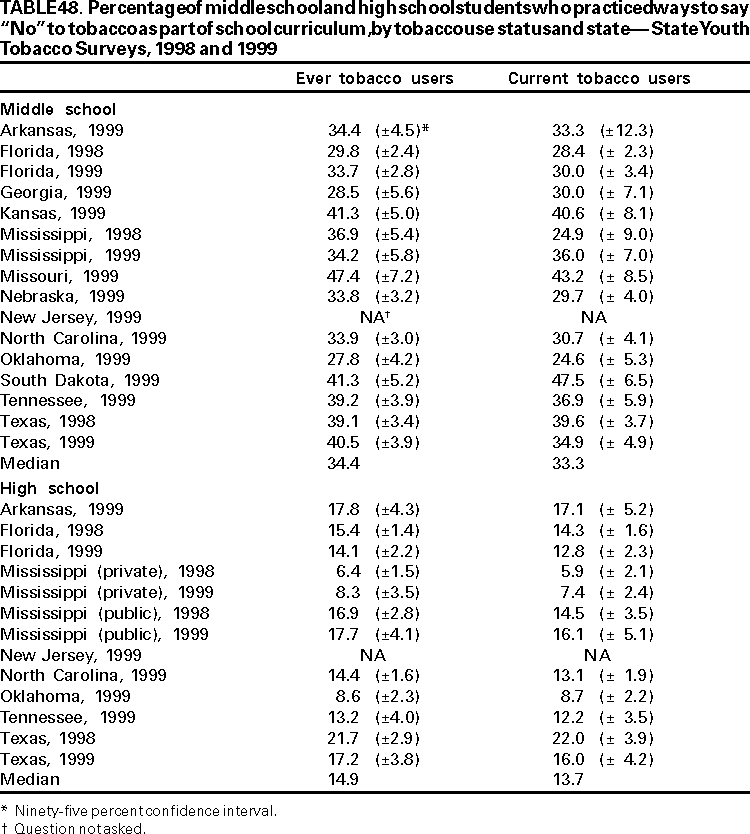 Return to top. Table 49 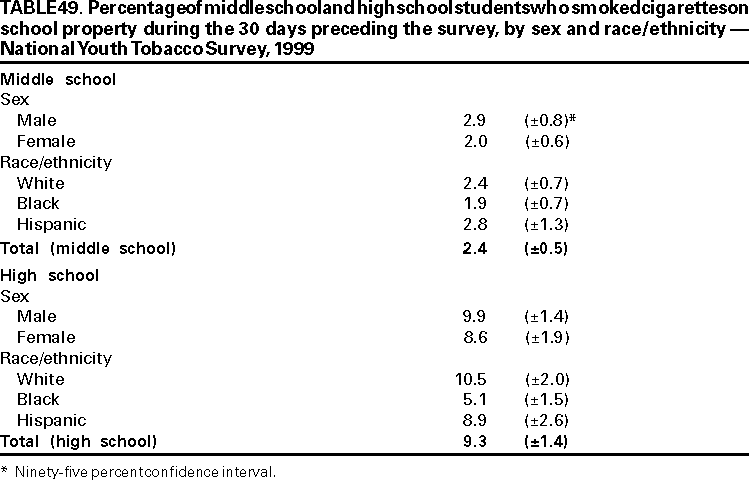 Return to top. Table 50 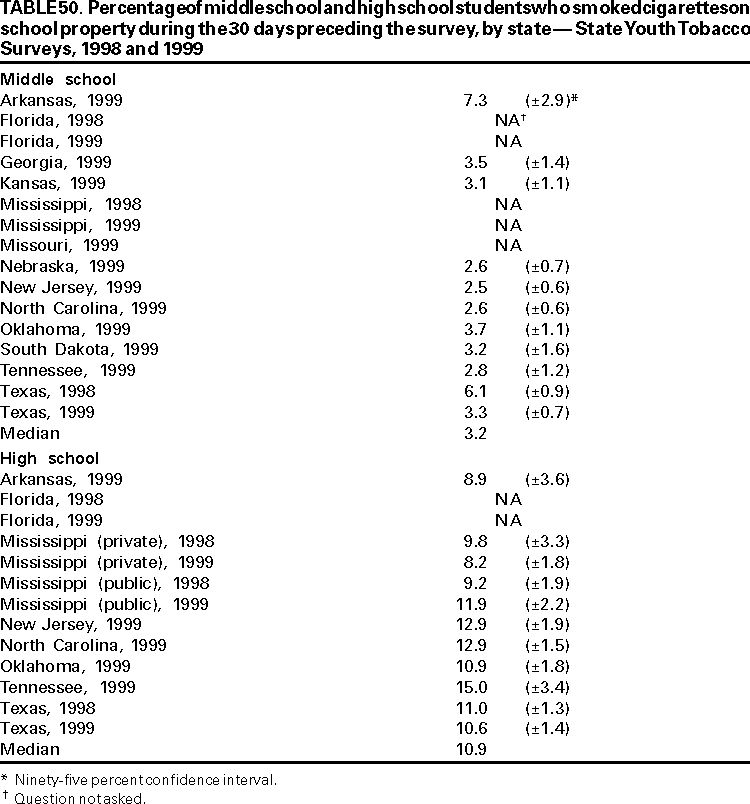 Return to top. Disclaimer All MMWR HTML versions of articles are electronic conversions from ASCII text into HTML. This conversion may have resulted in character translation or format errors in the HTML version. Users should not rely on this HTML document, but are referred to the electronic PDF version and/or the original MMWR paper copy for the official text, figures, and tables. An original paper copy of this issue can be obtained from the Superintendent of Documents, U.S. Government Printing Office (GPO), Washington, DC 20402-9371; telephone: (202) 512-1800. Contact GPO for current prices. **Questions or messages regarding errors in formatting should be addressed to mmwrq@cdc.gov.Page converted: 10/4/2000 |
||||||||||||||||||||||||||||
This page last reviewed 5/2/01
|